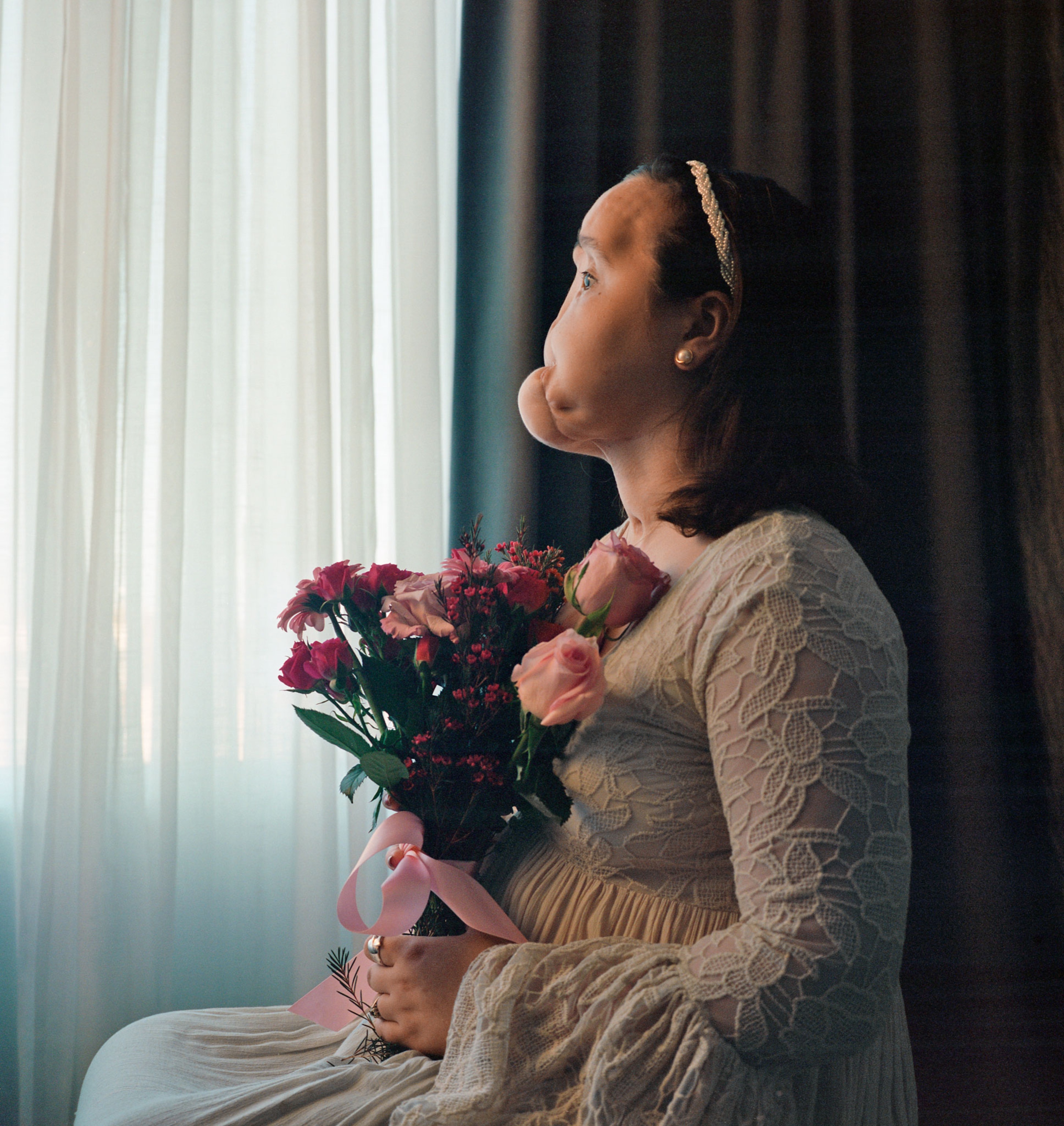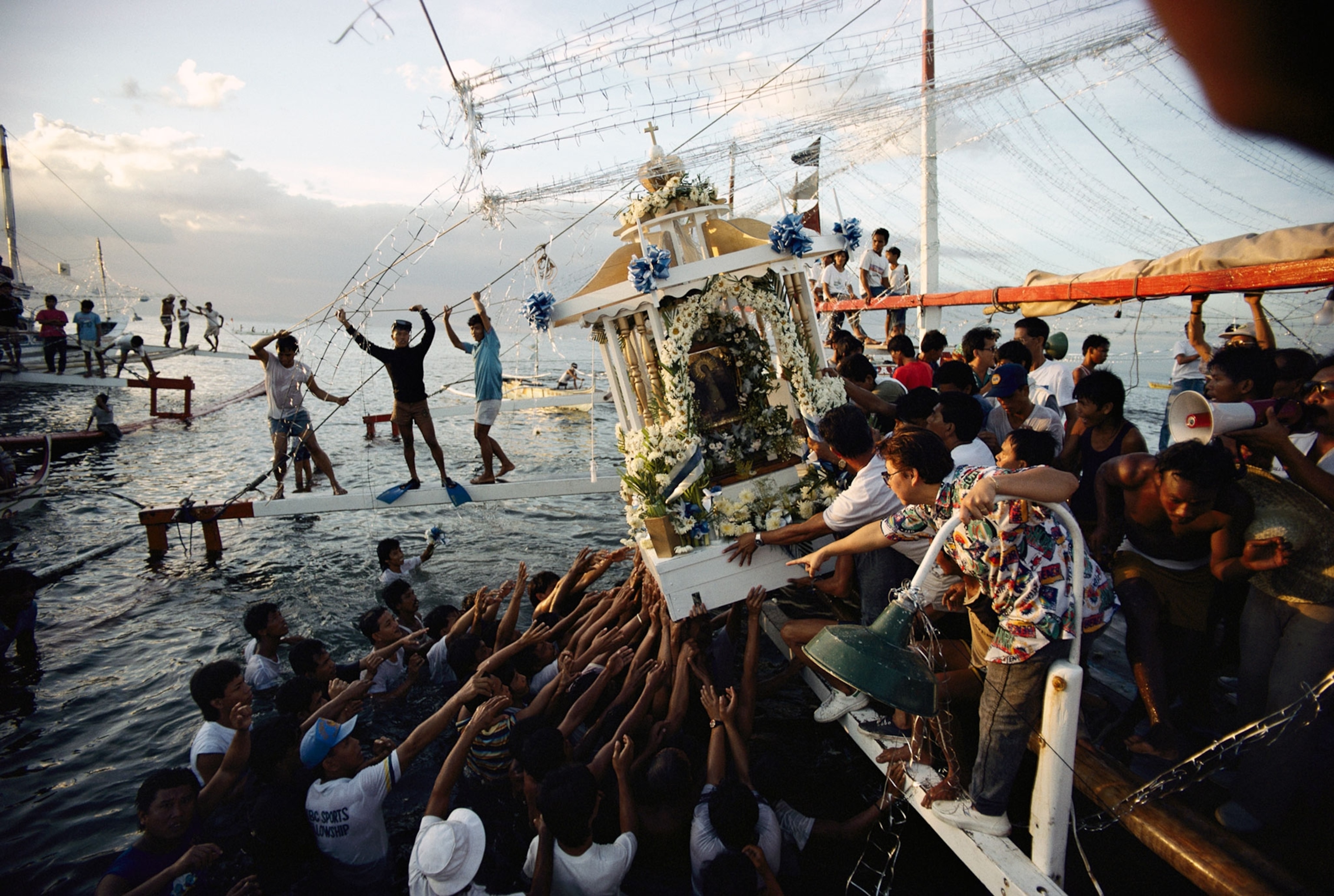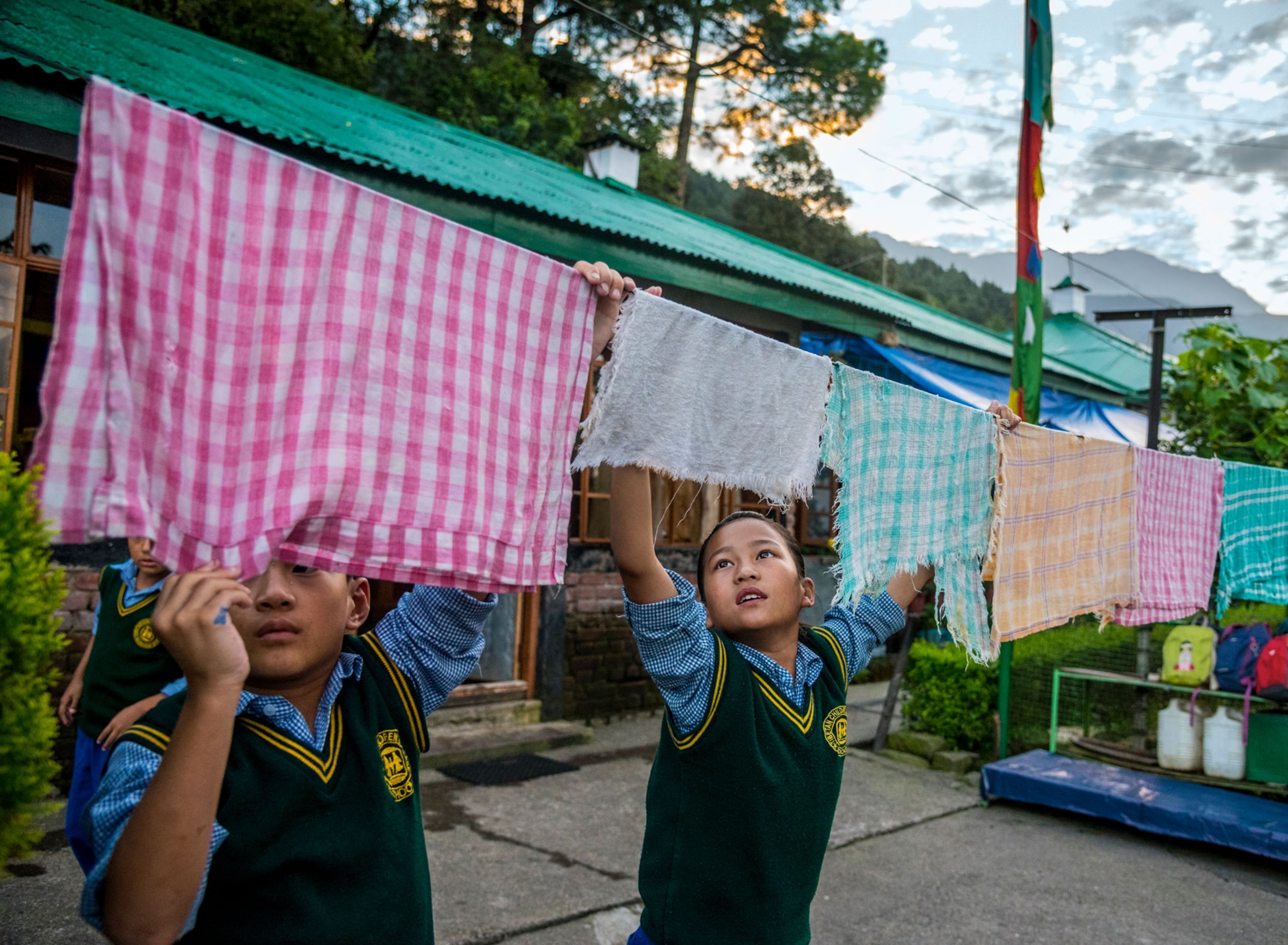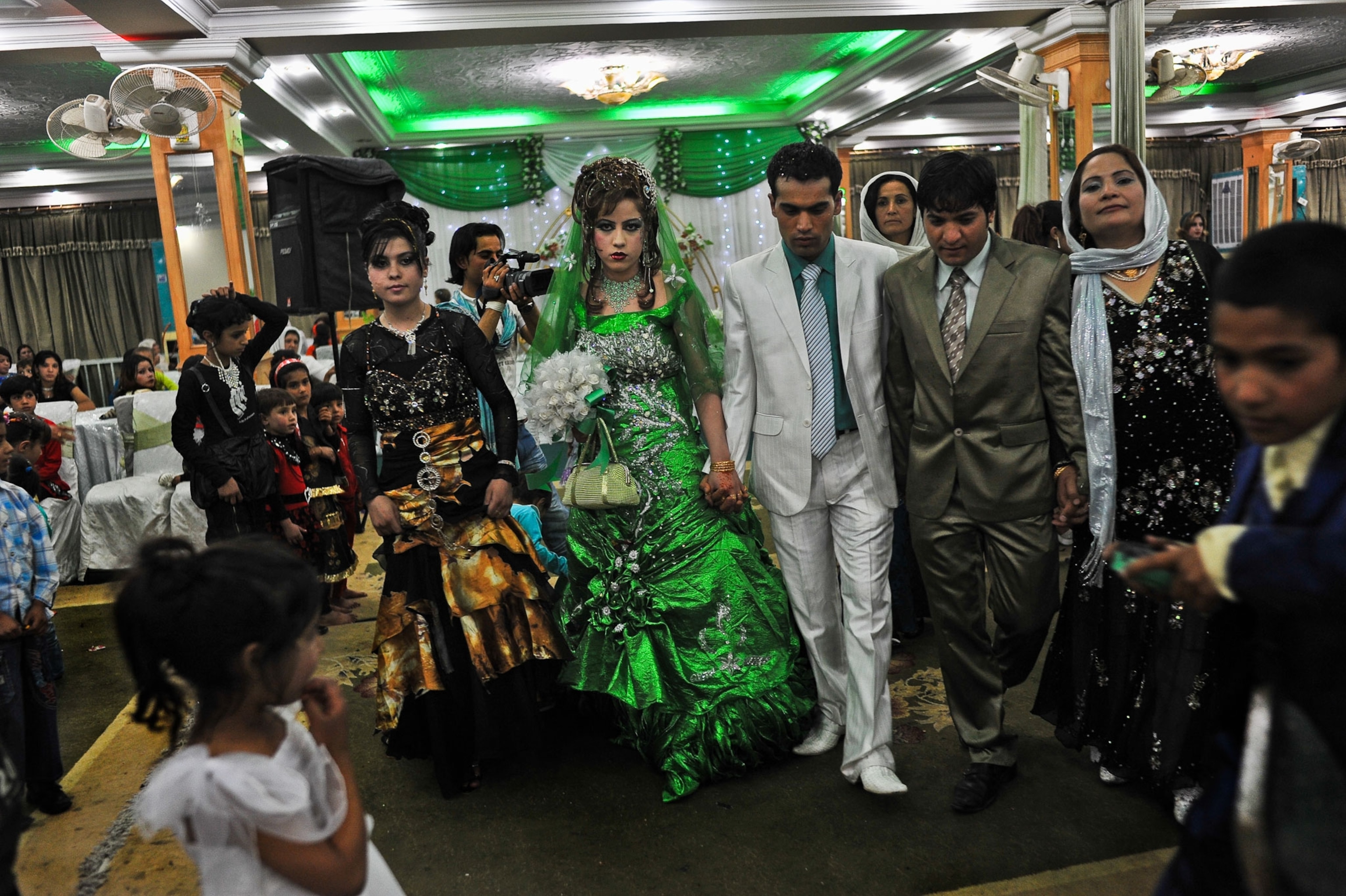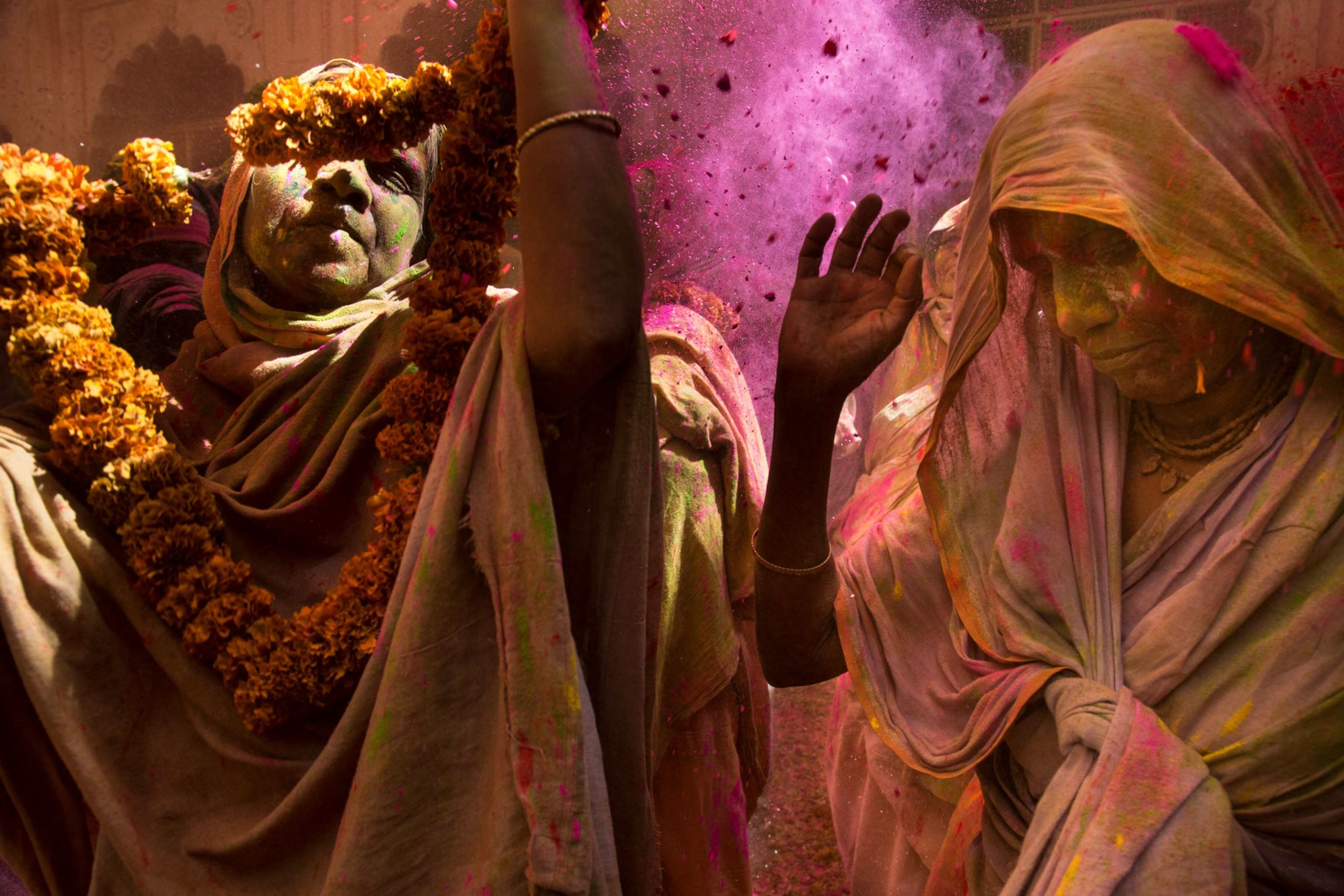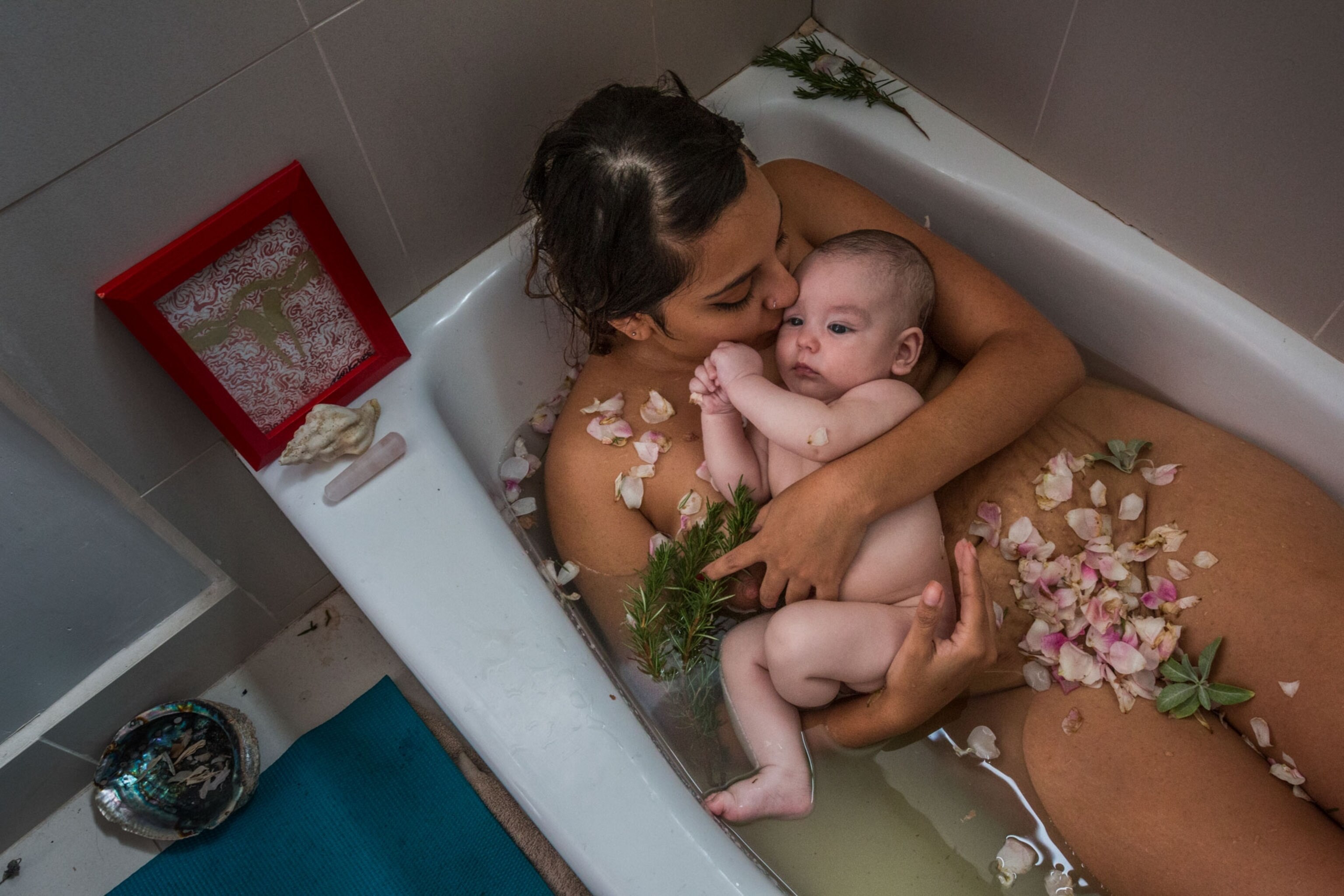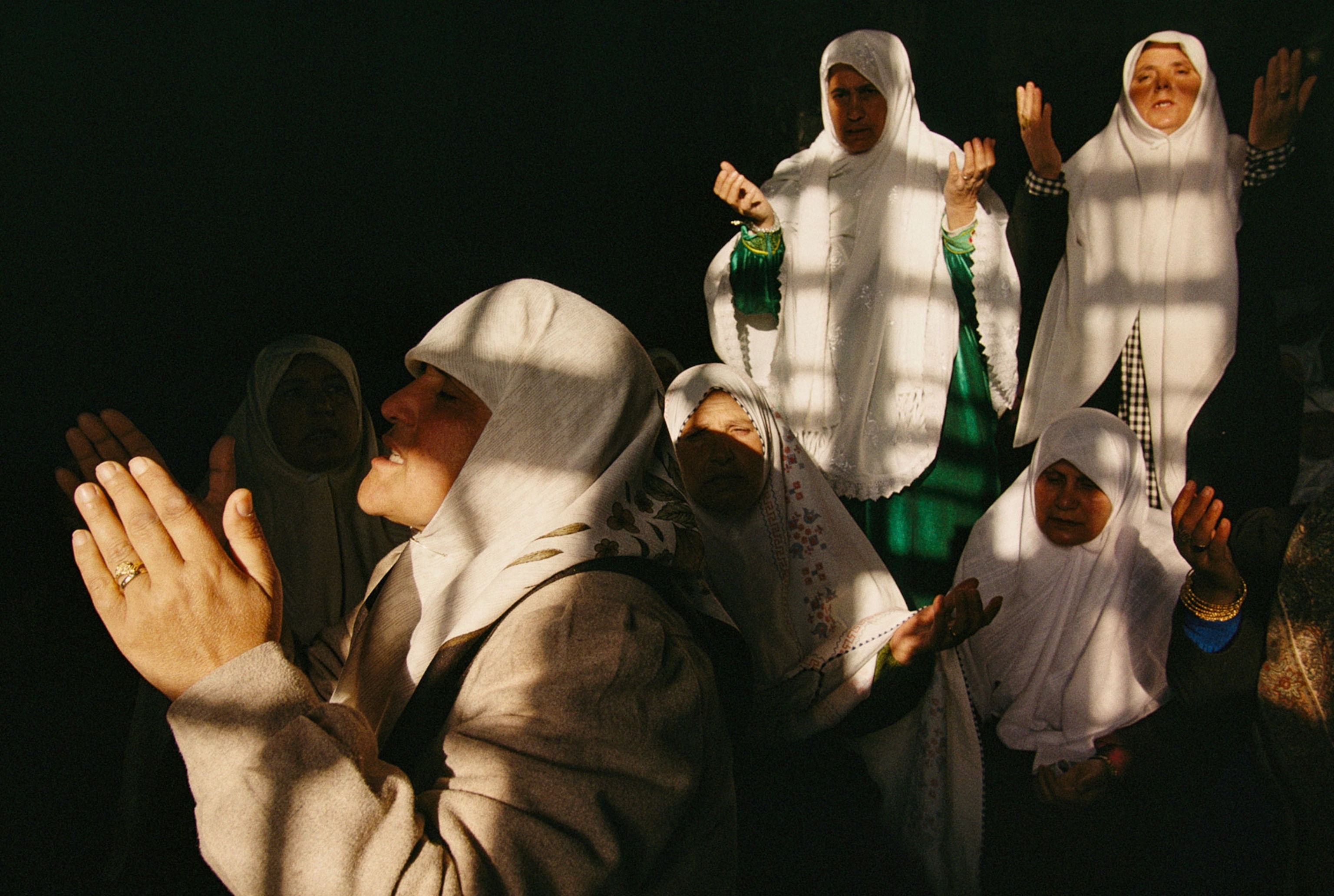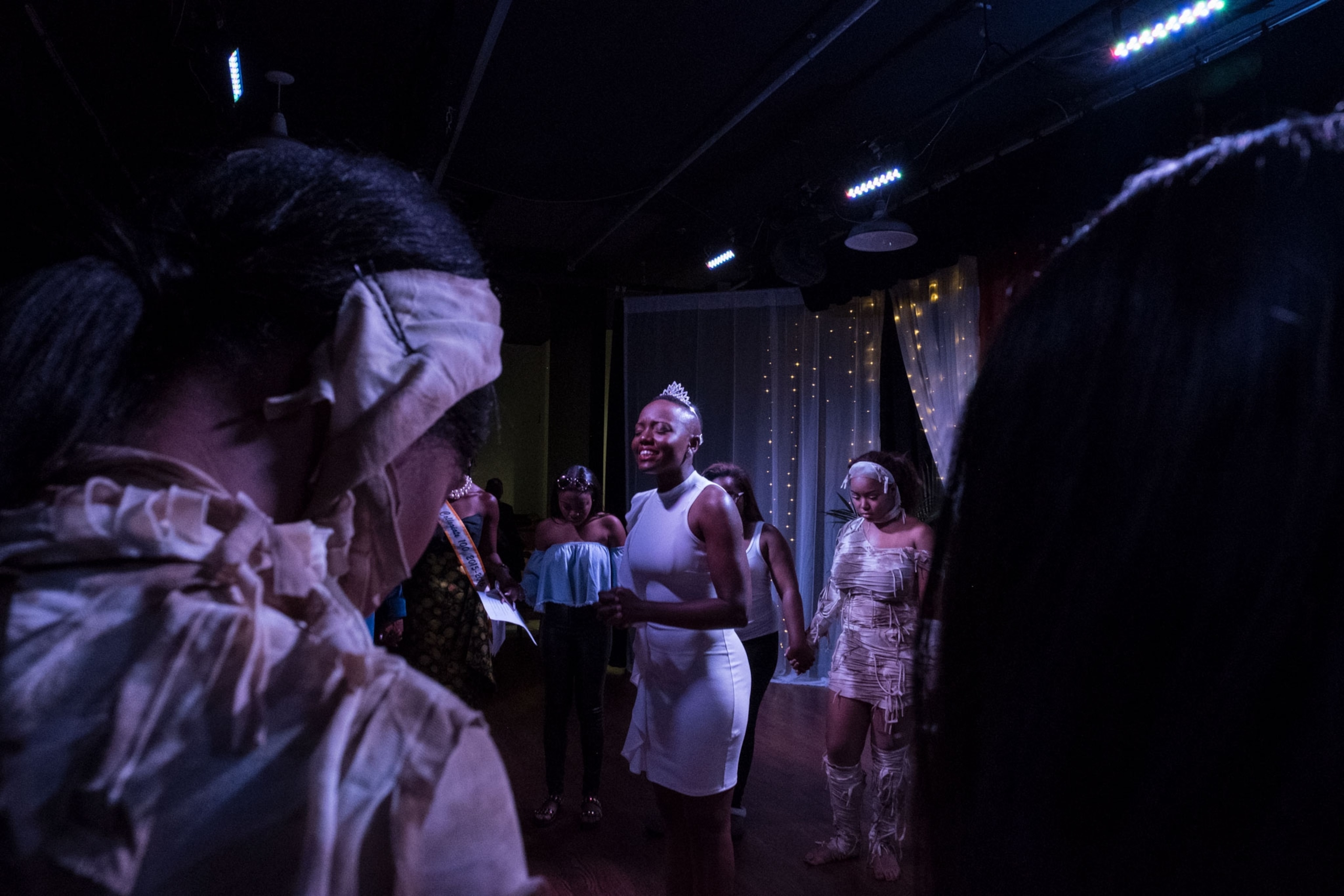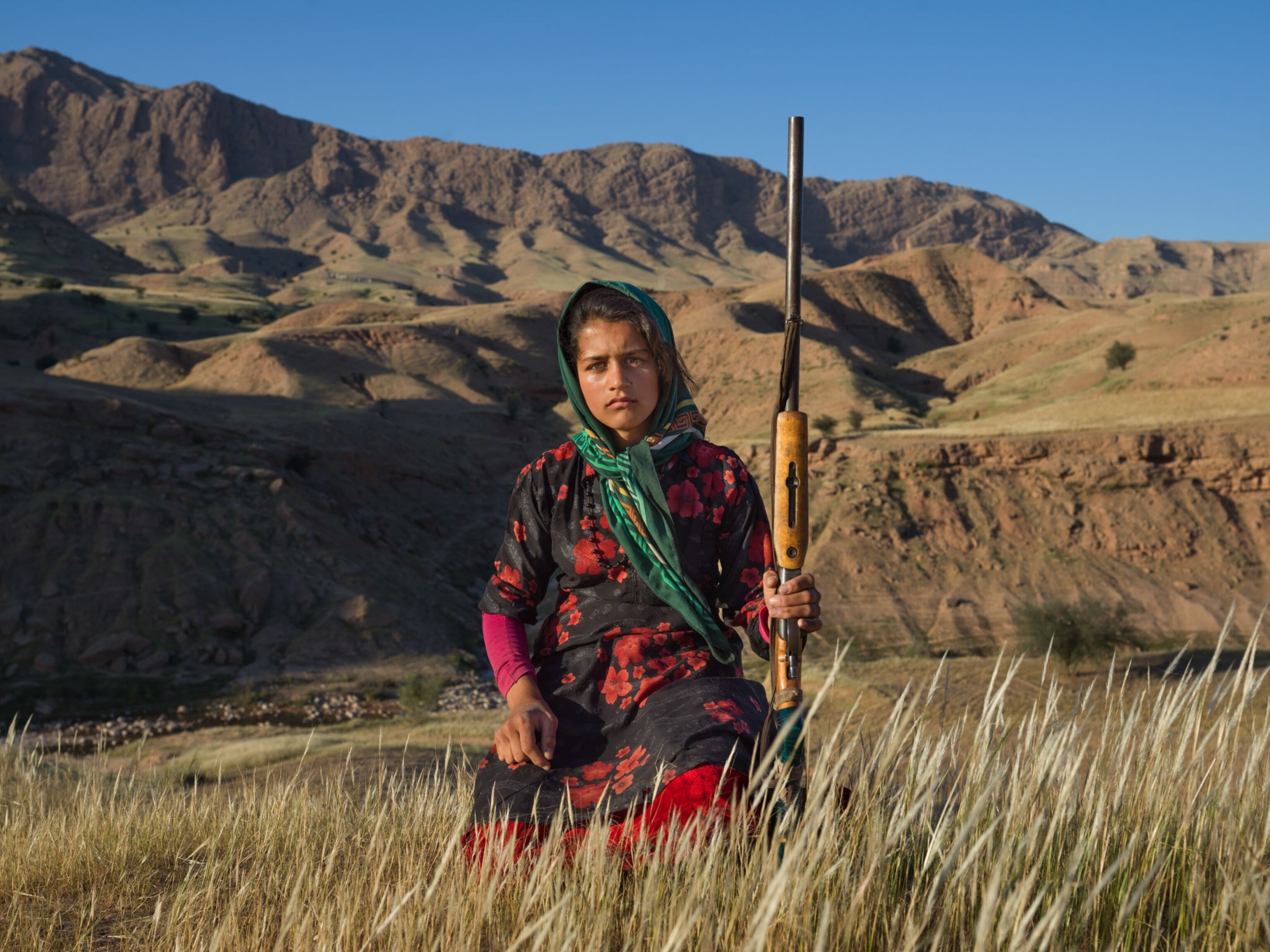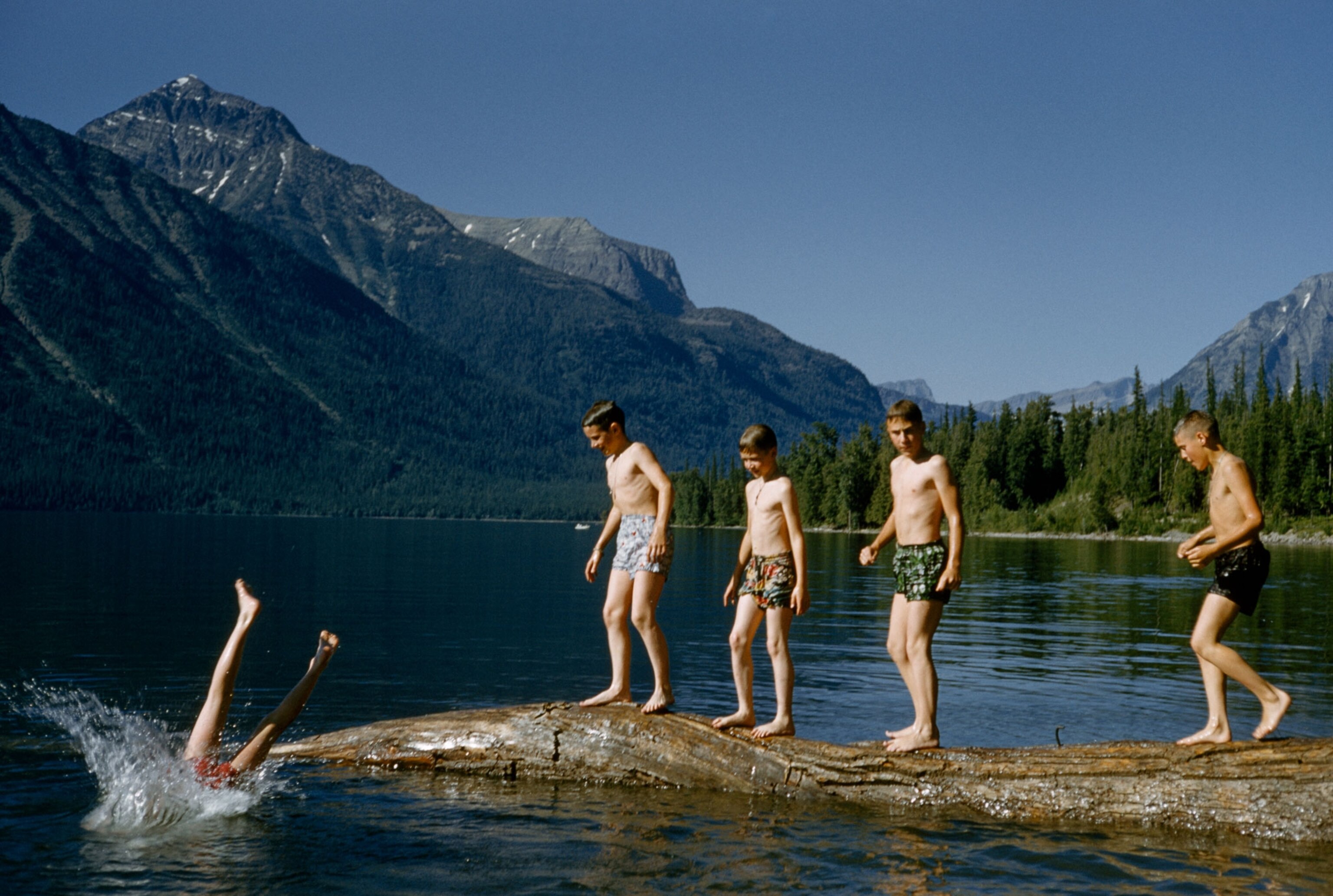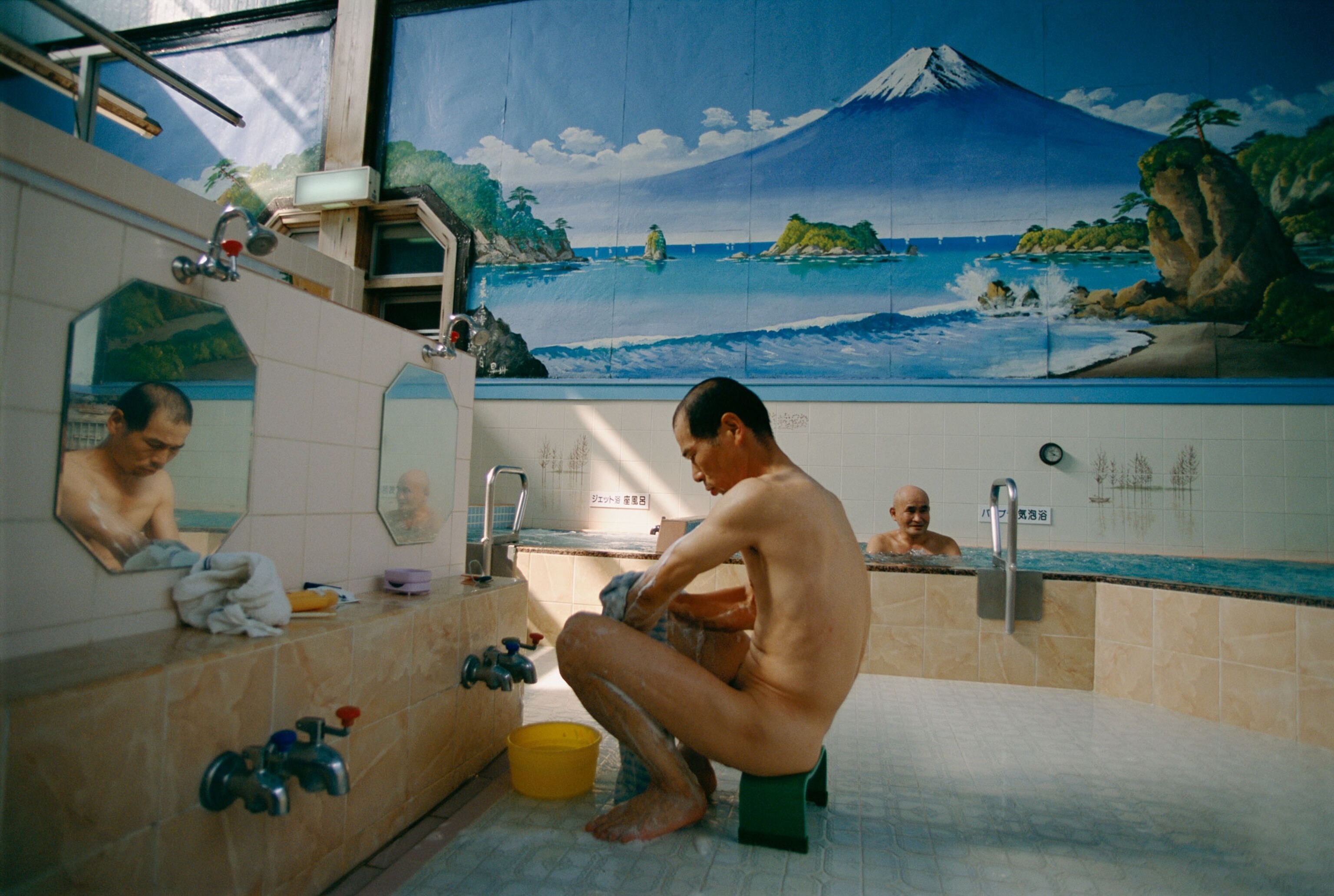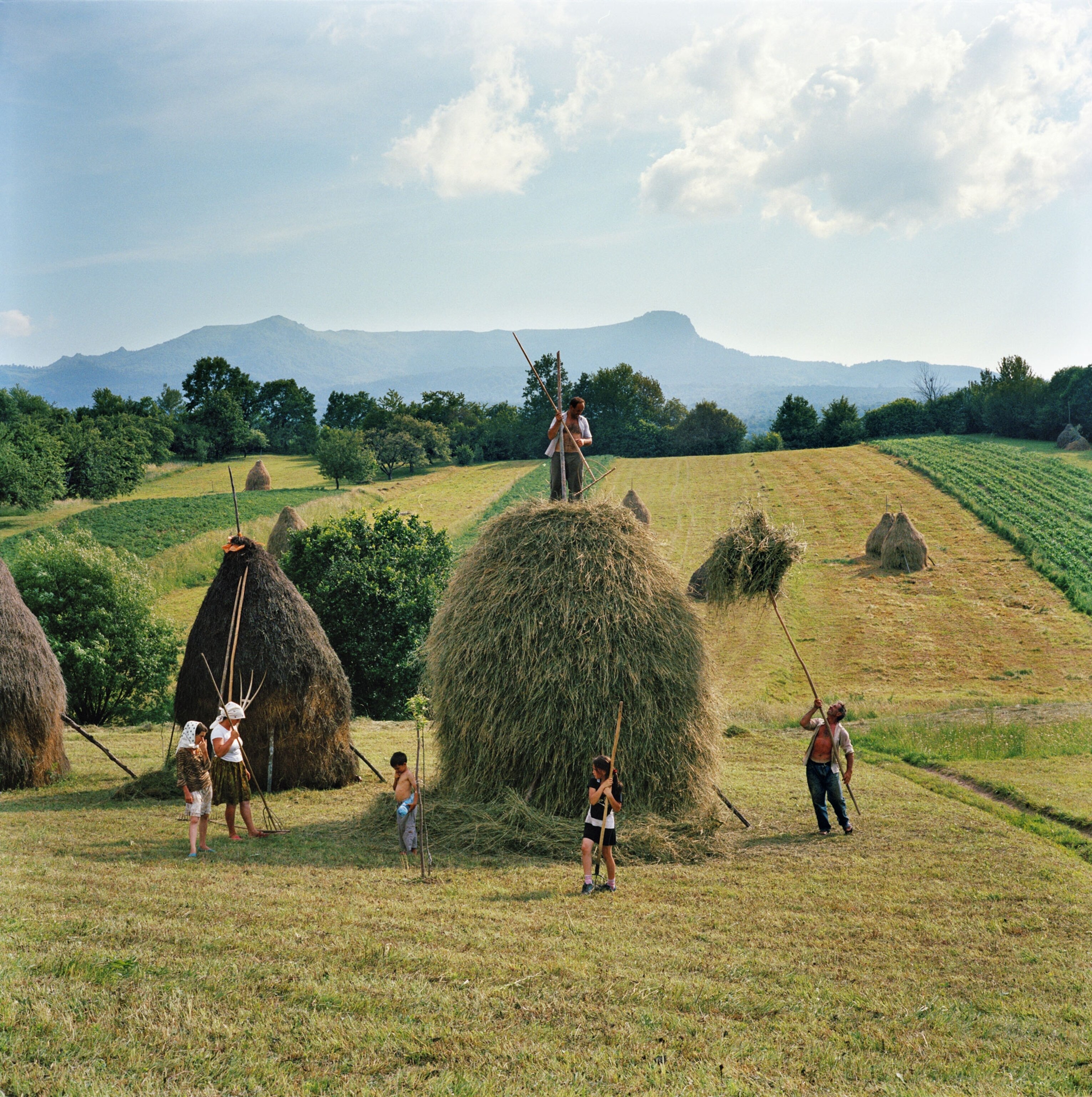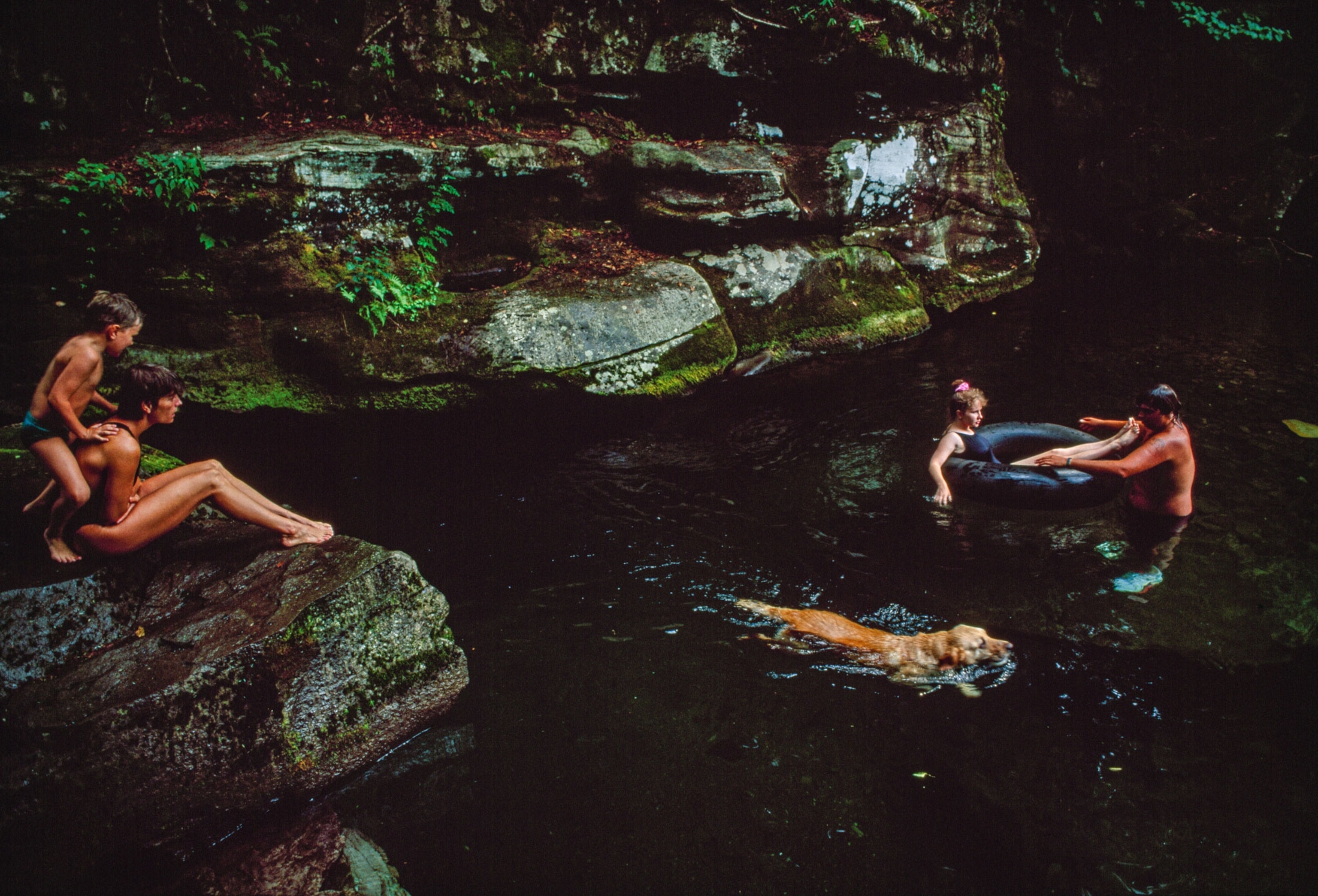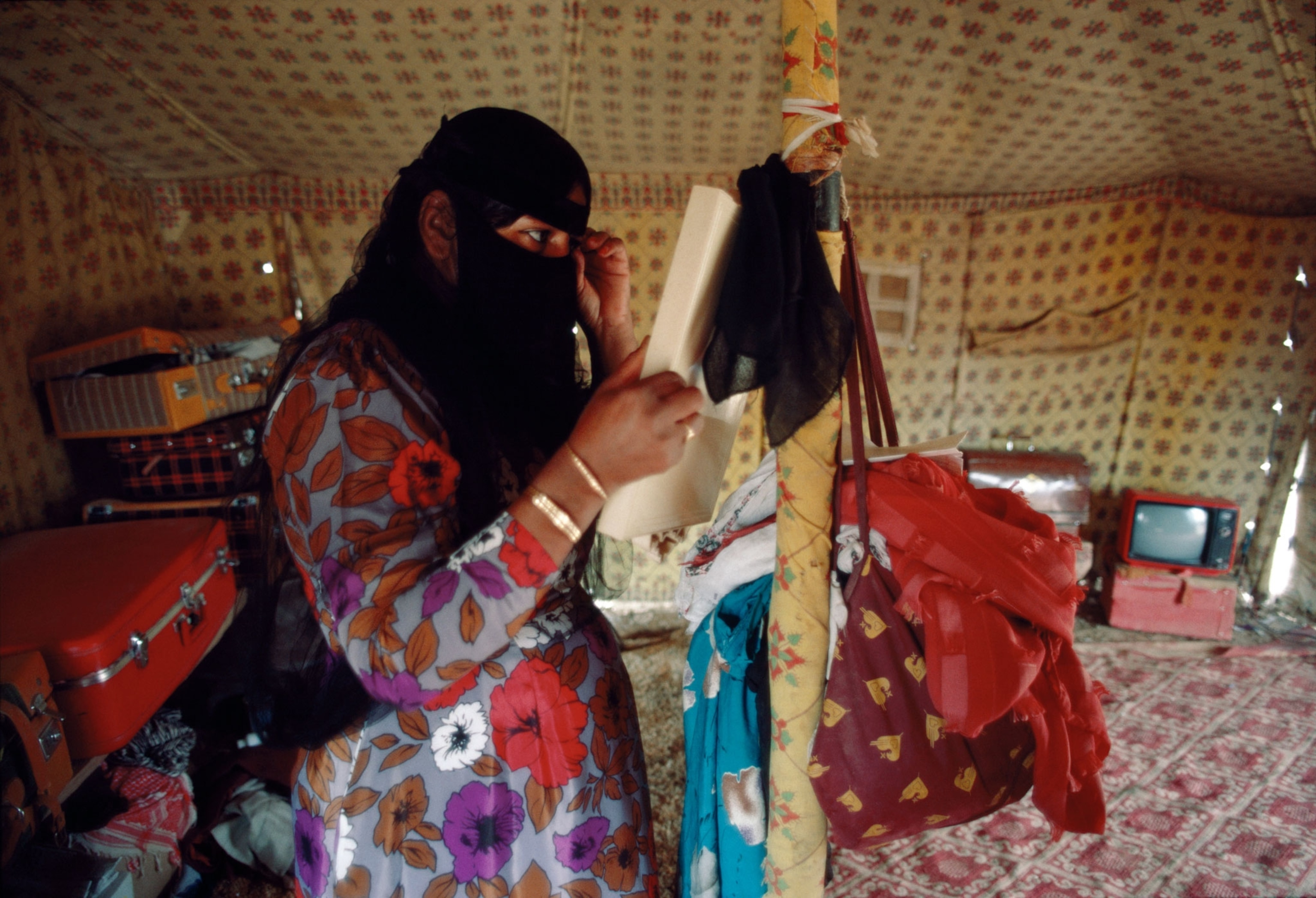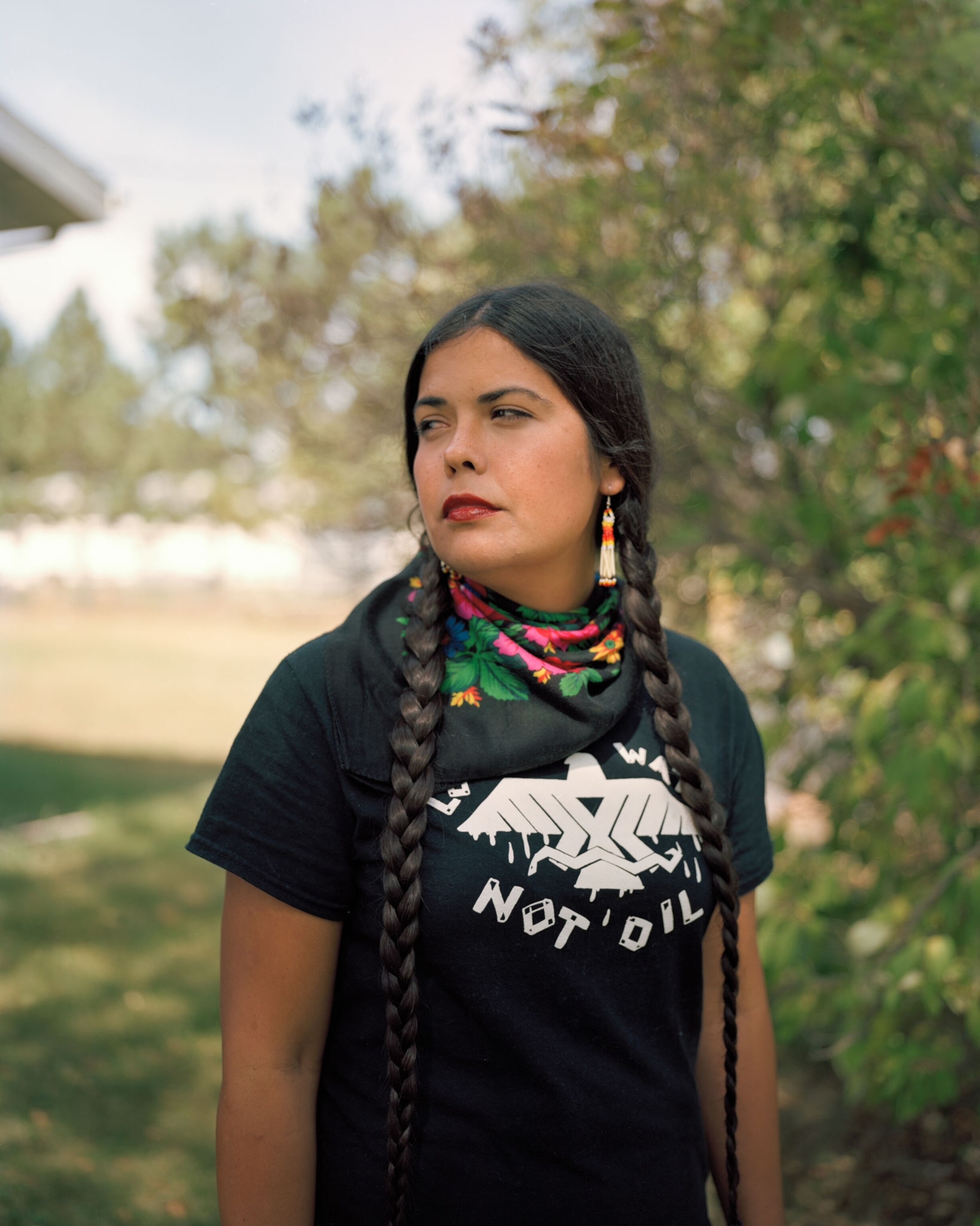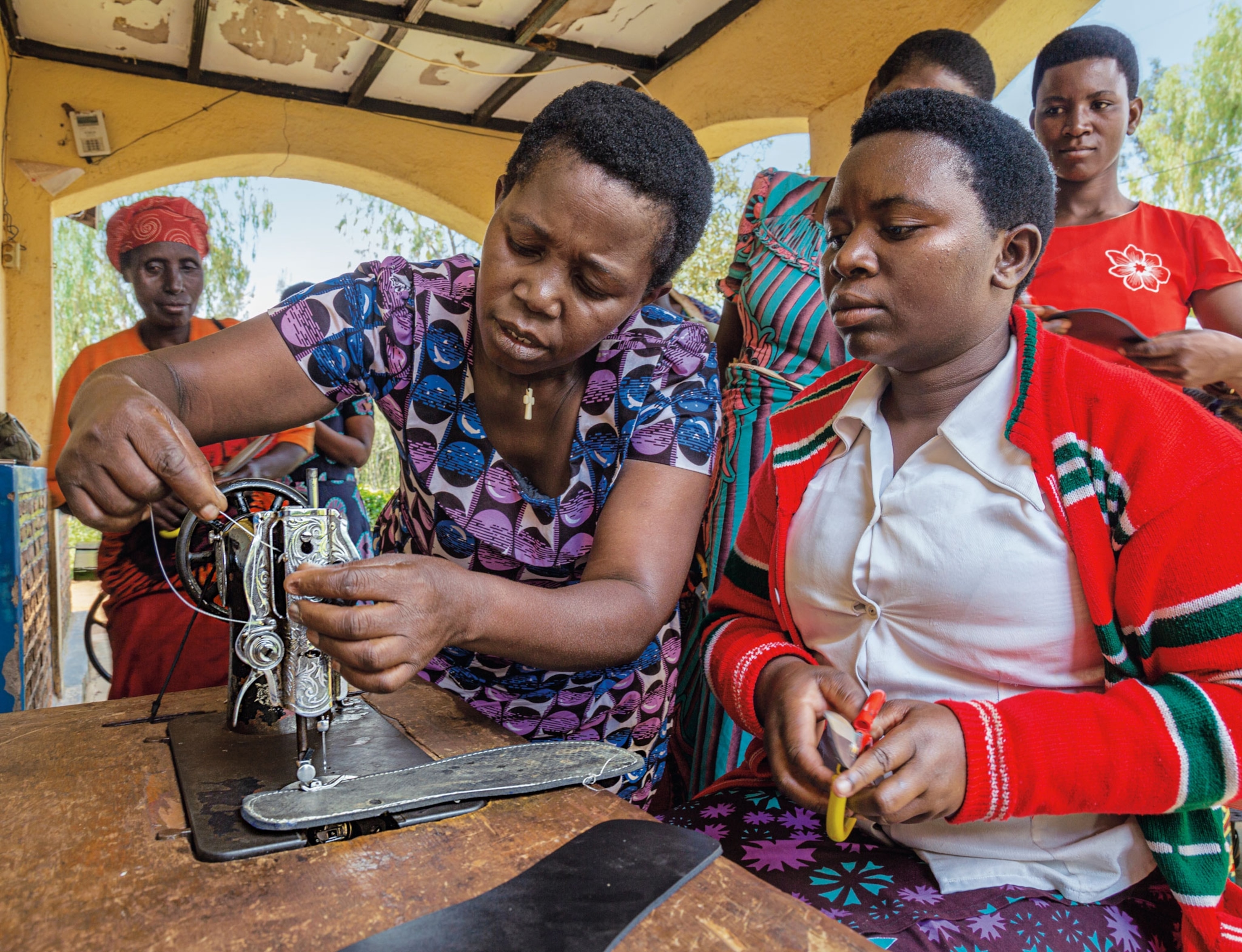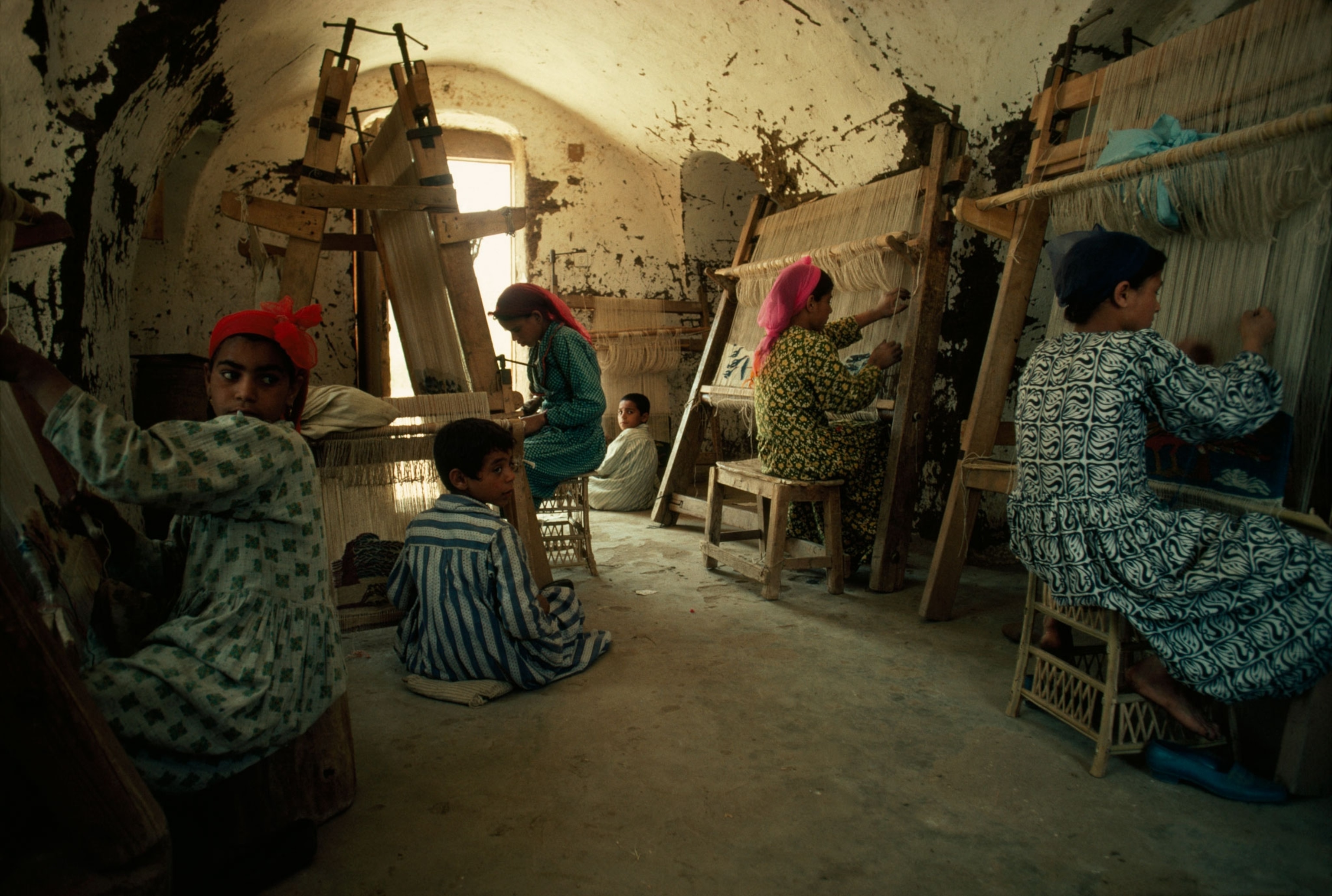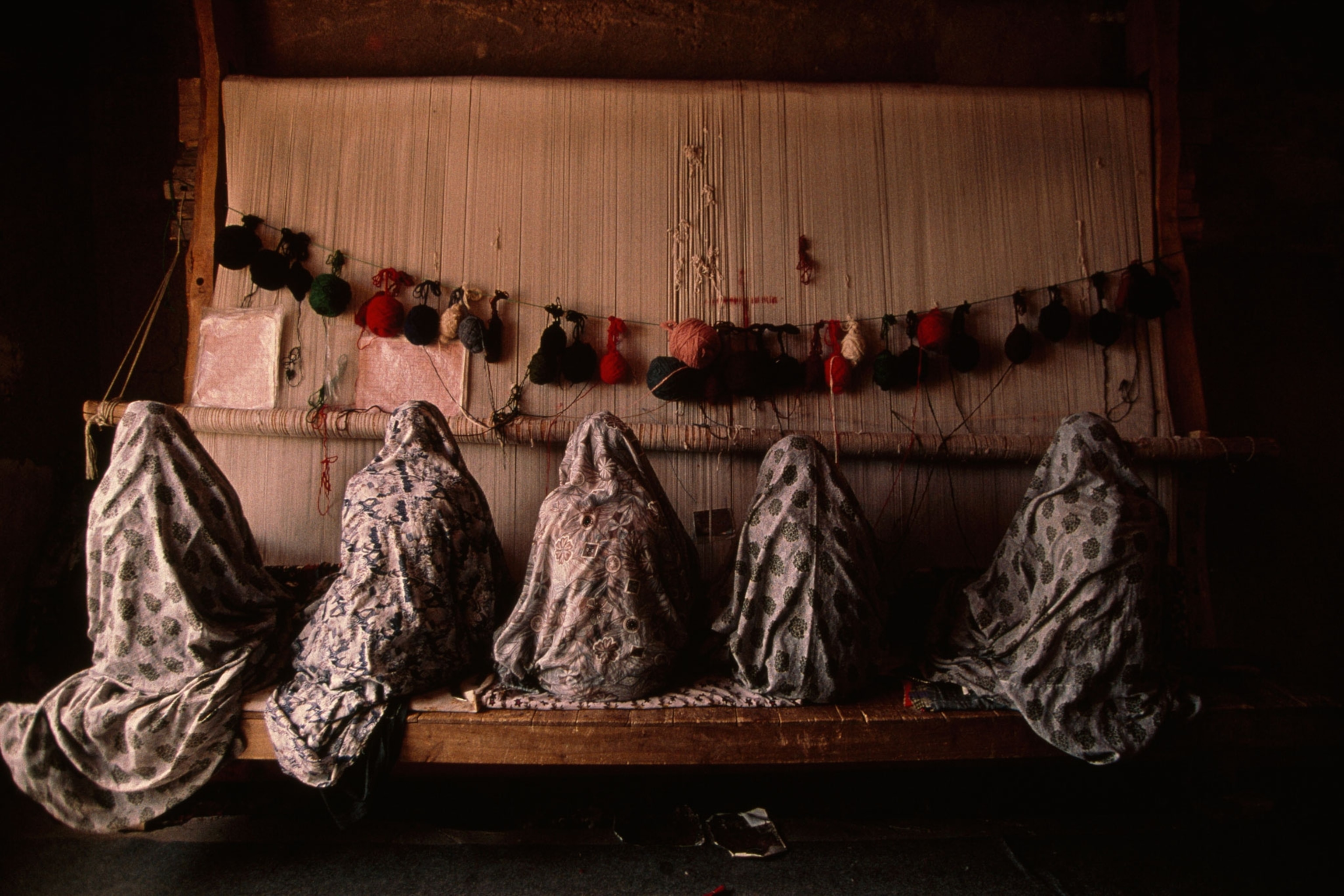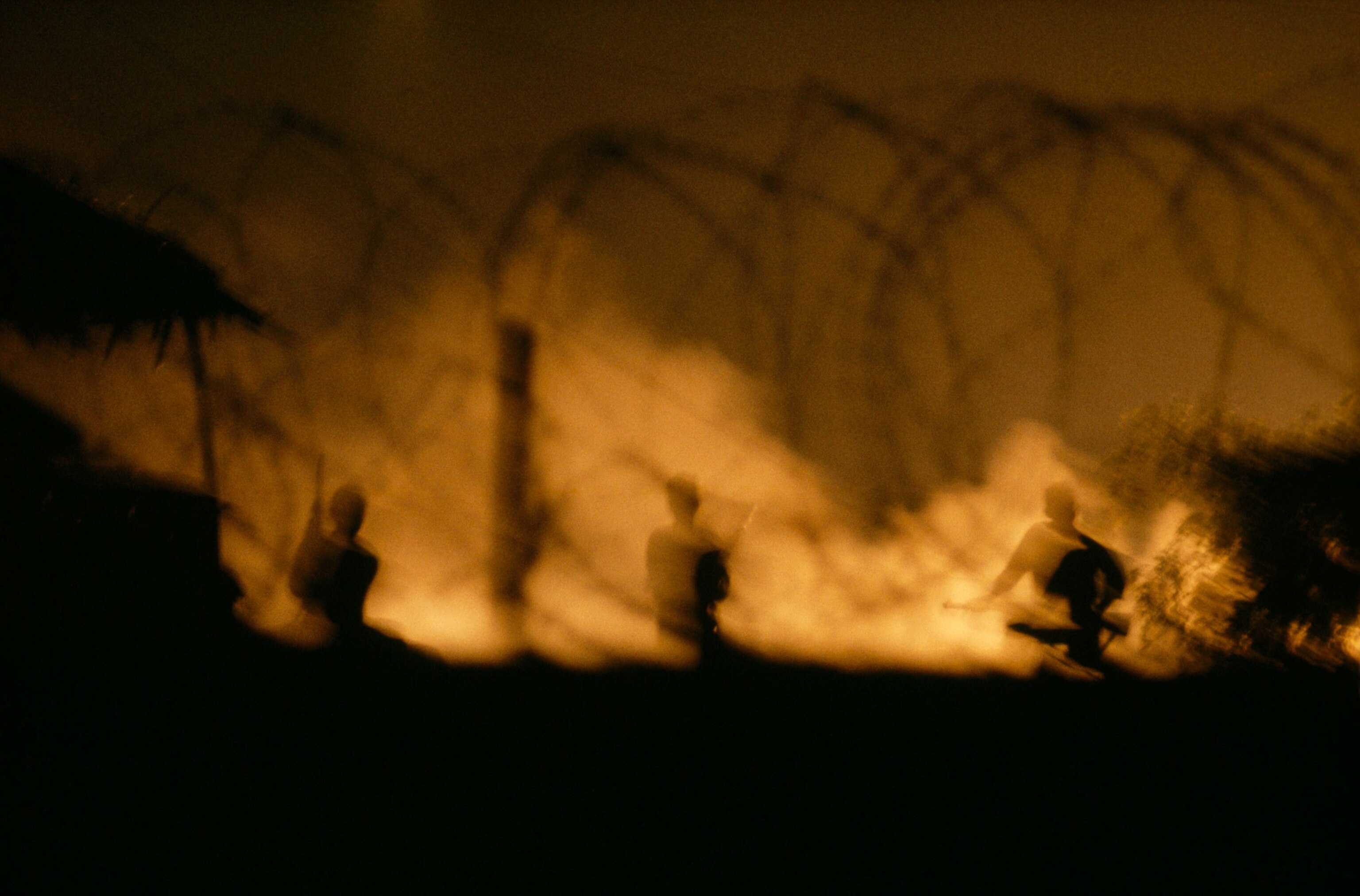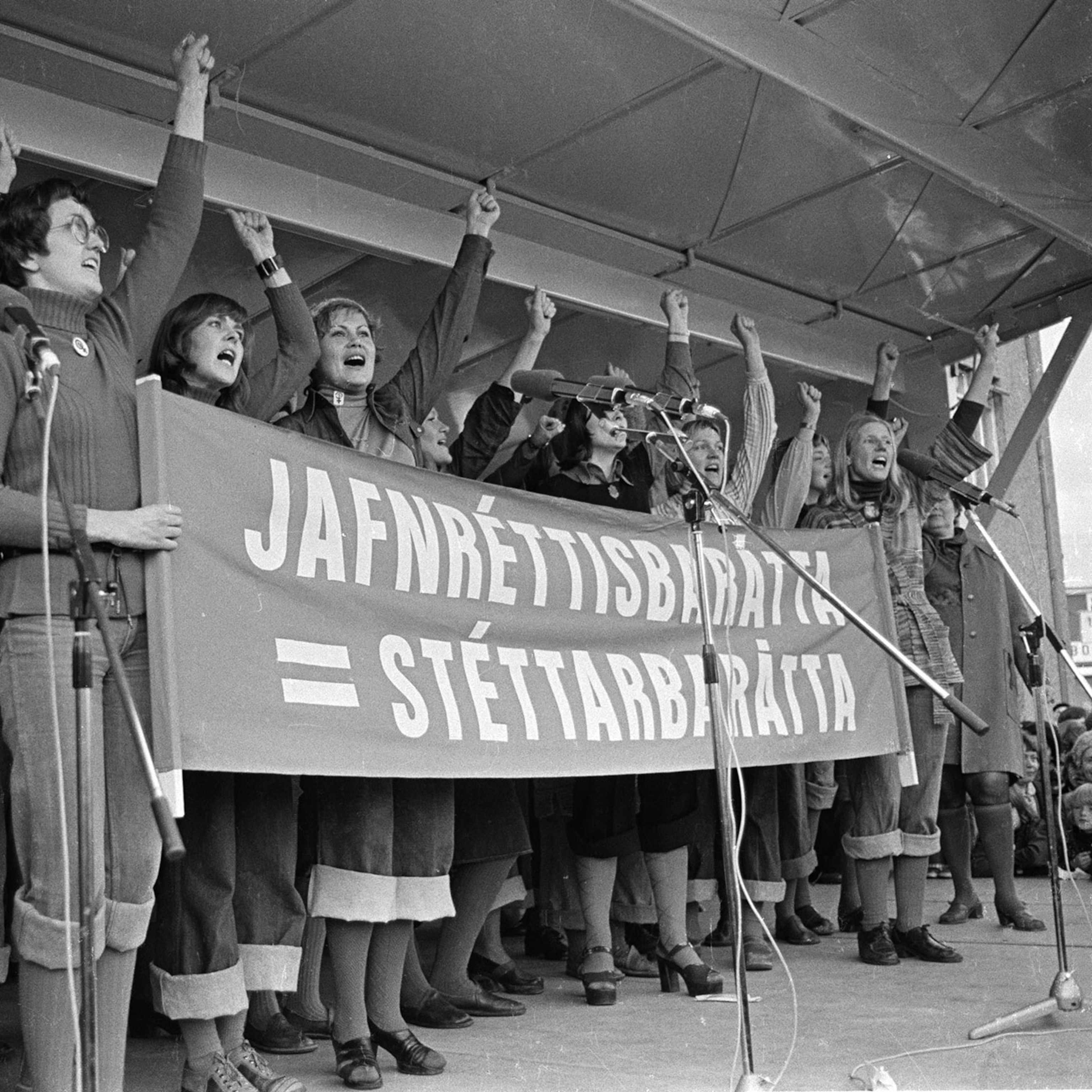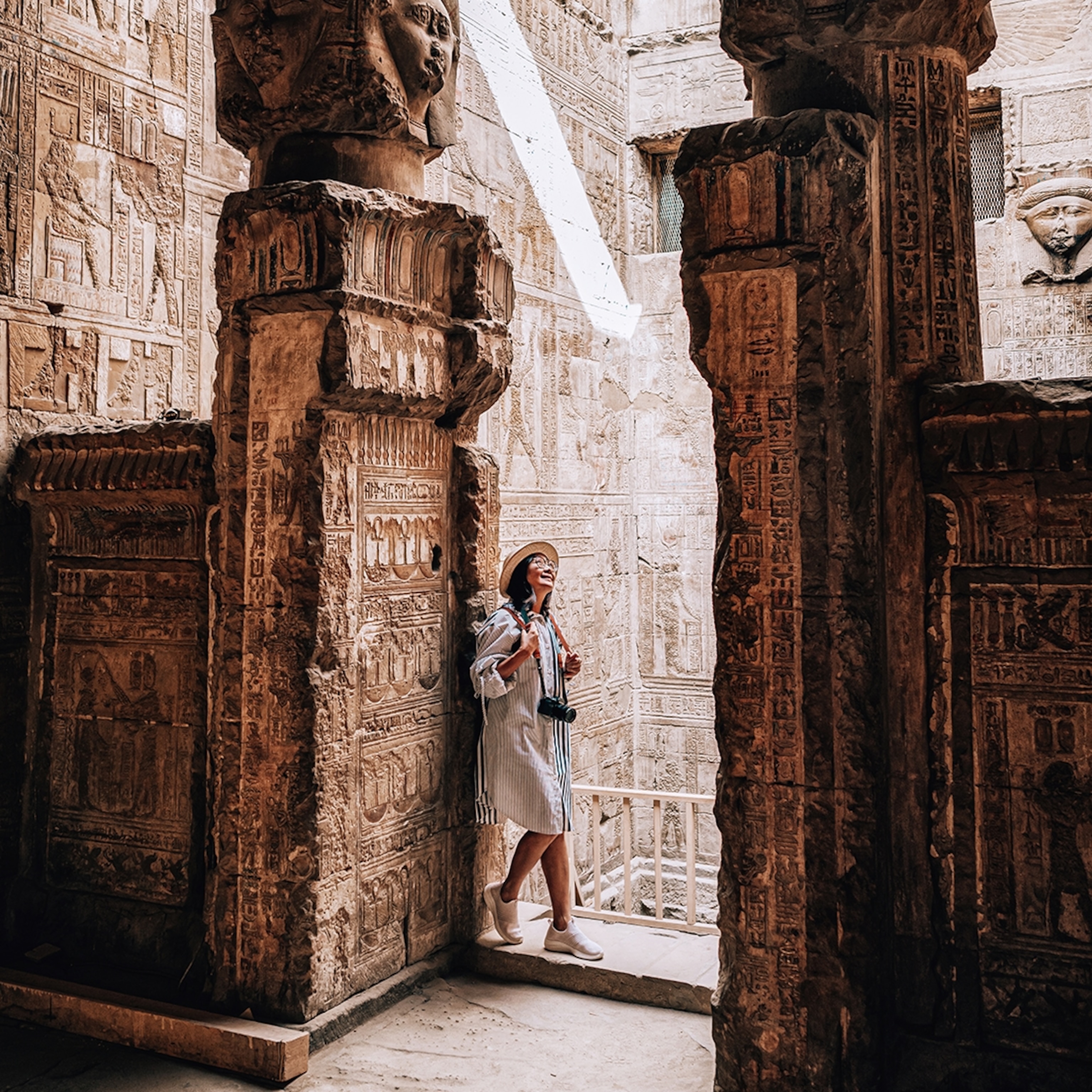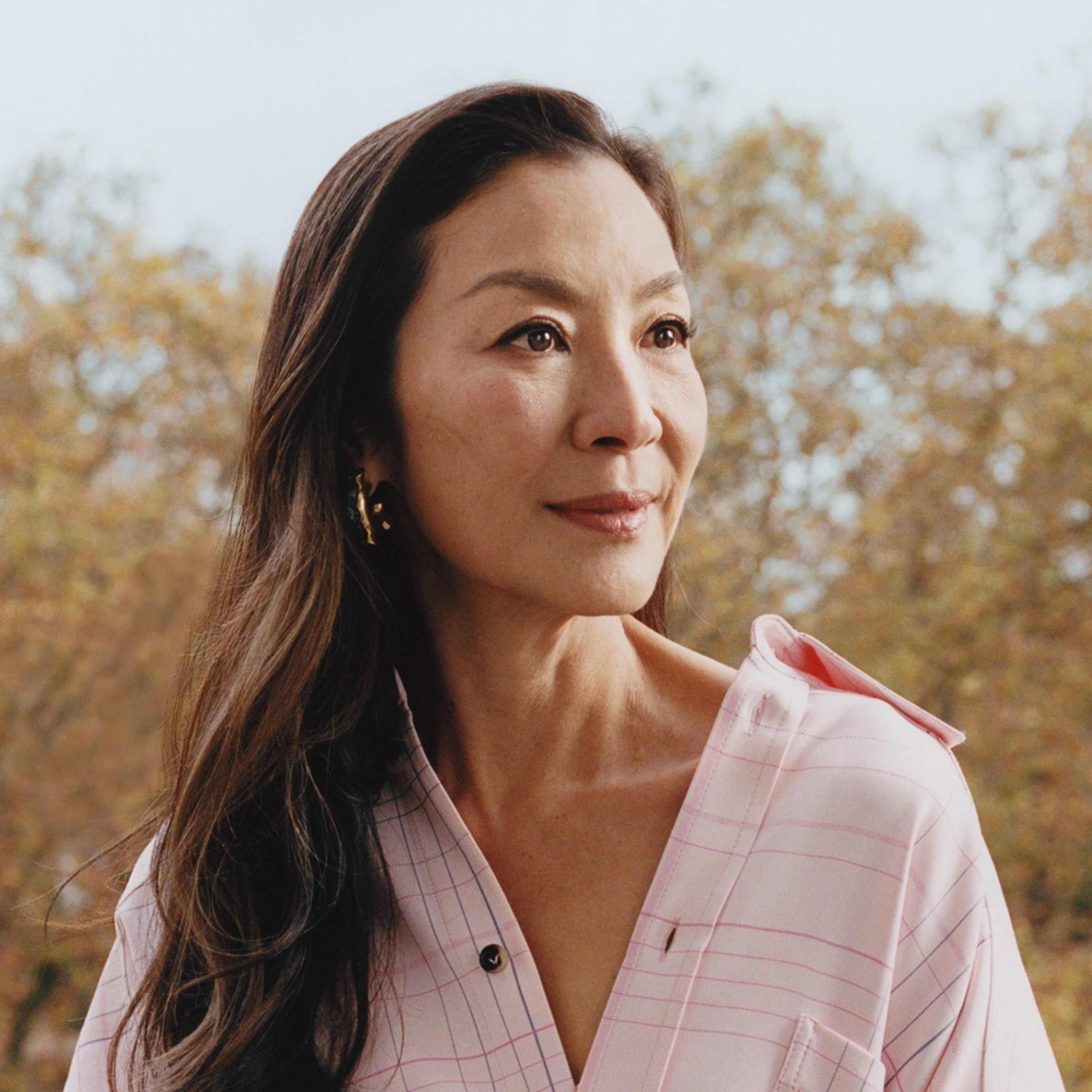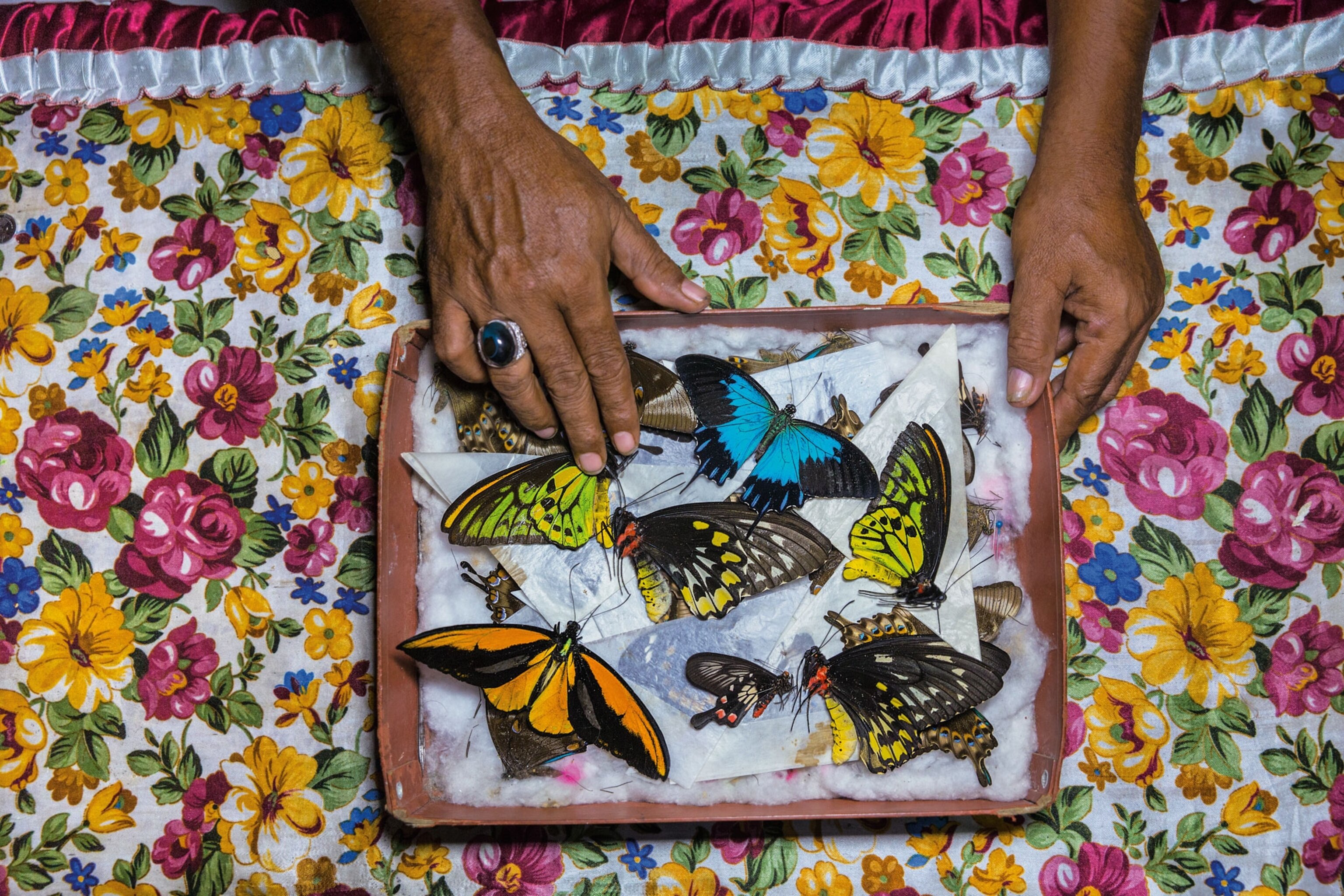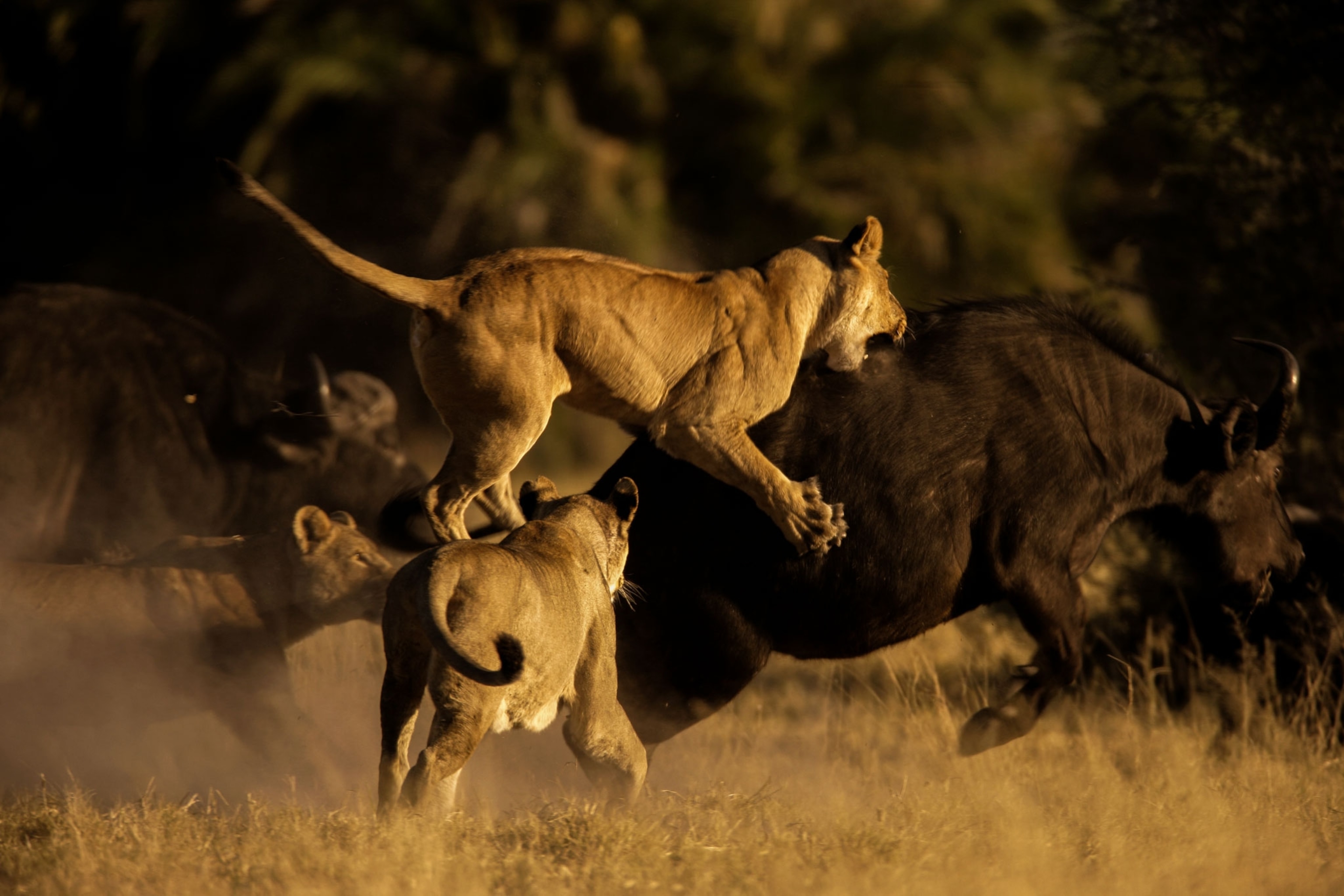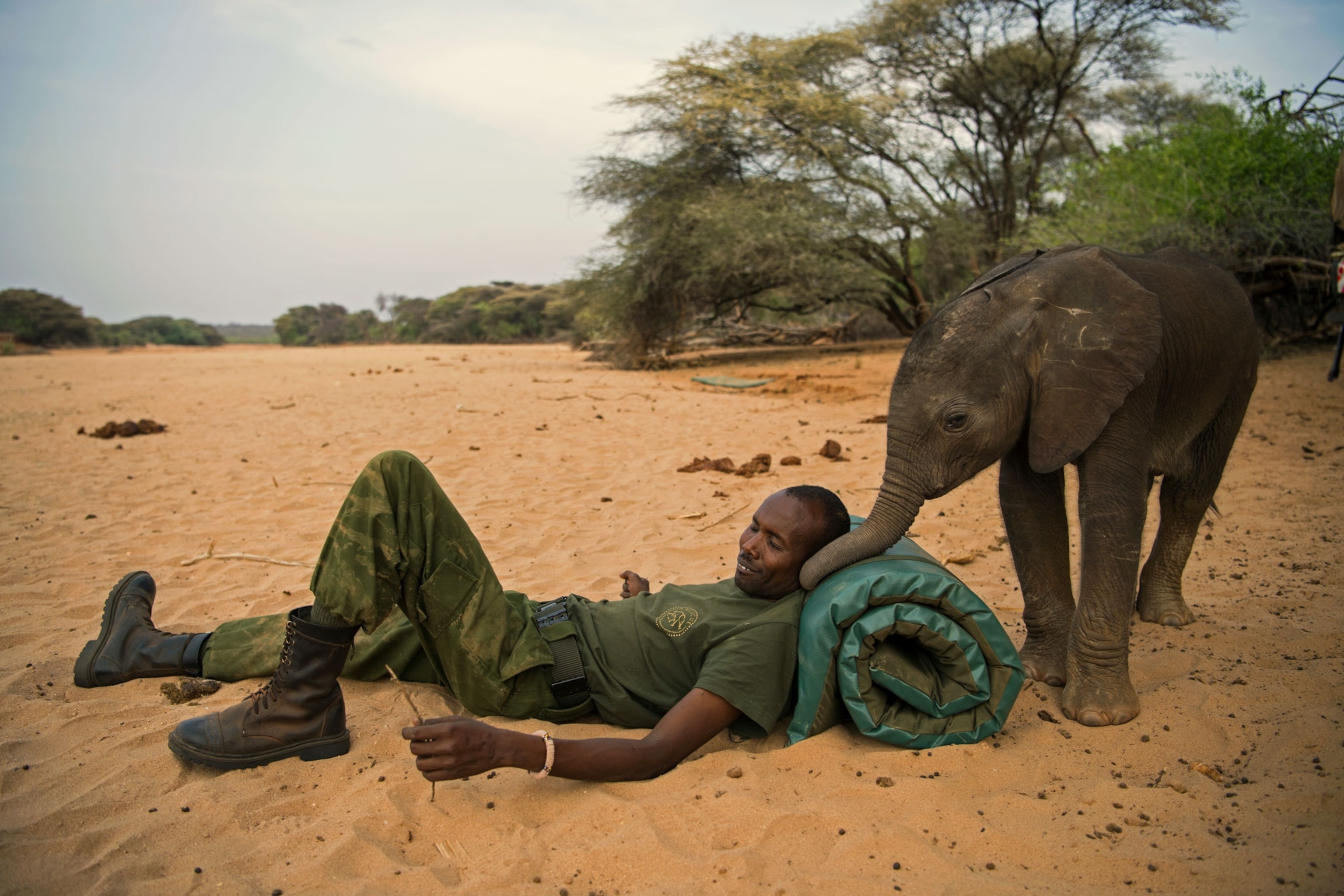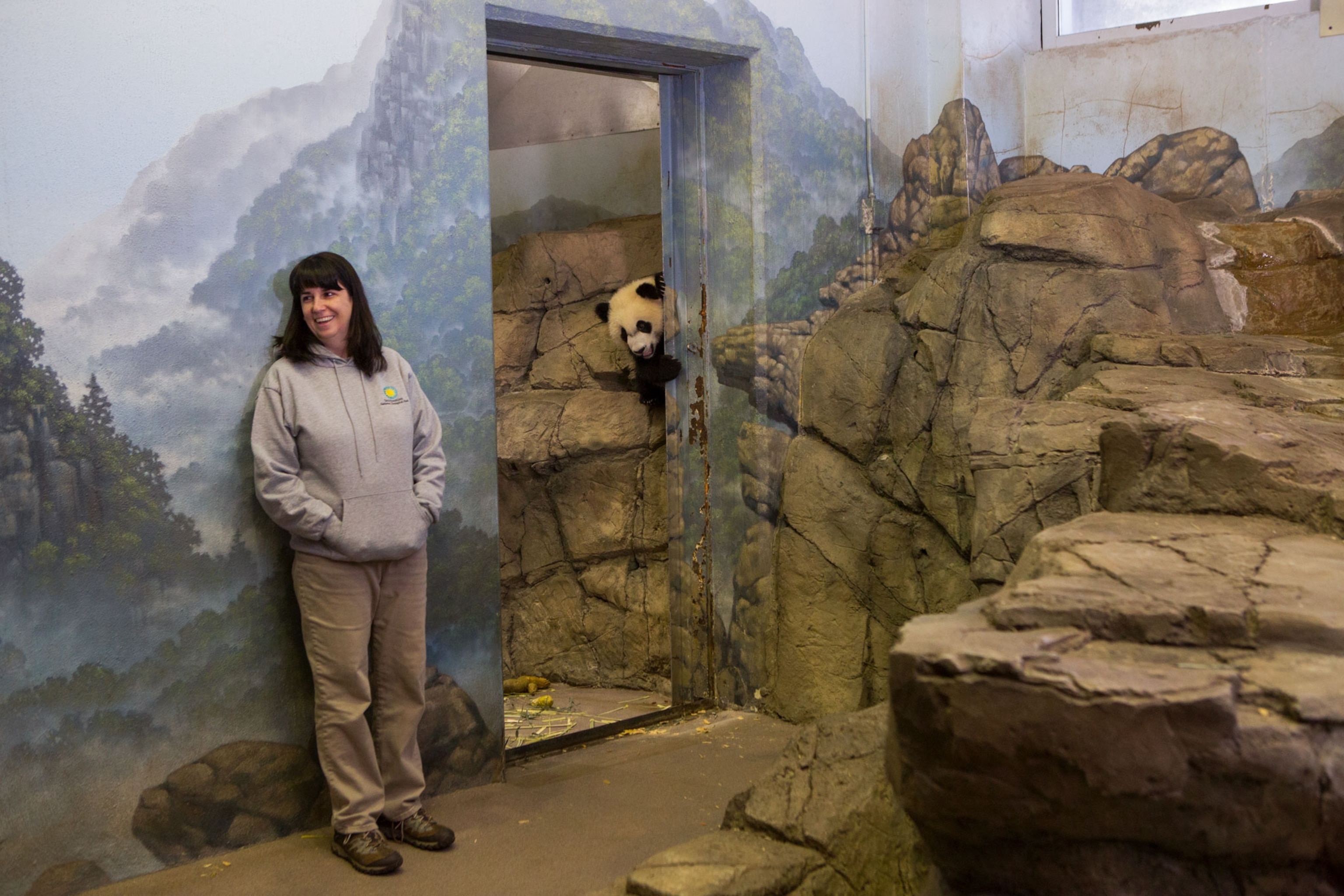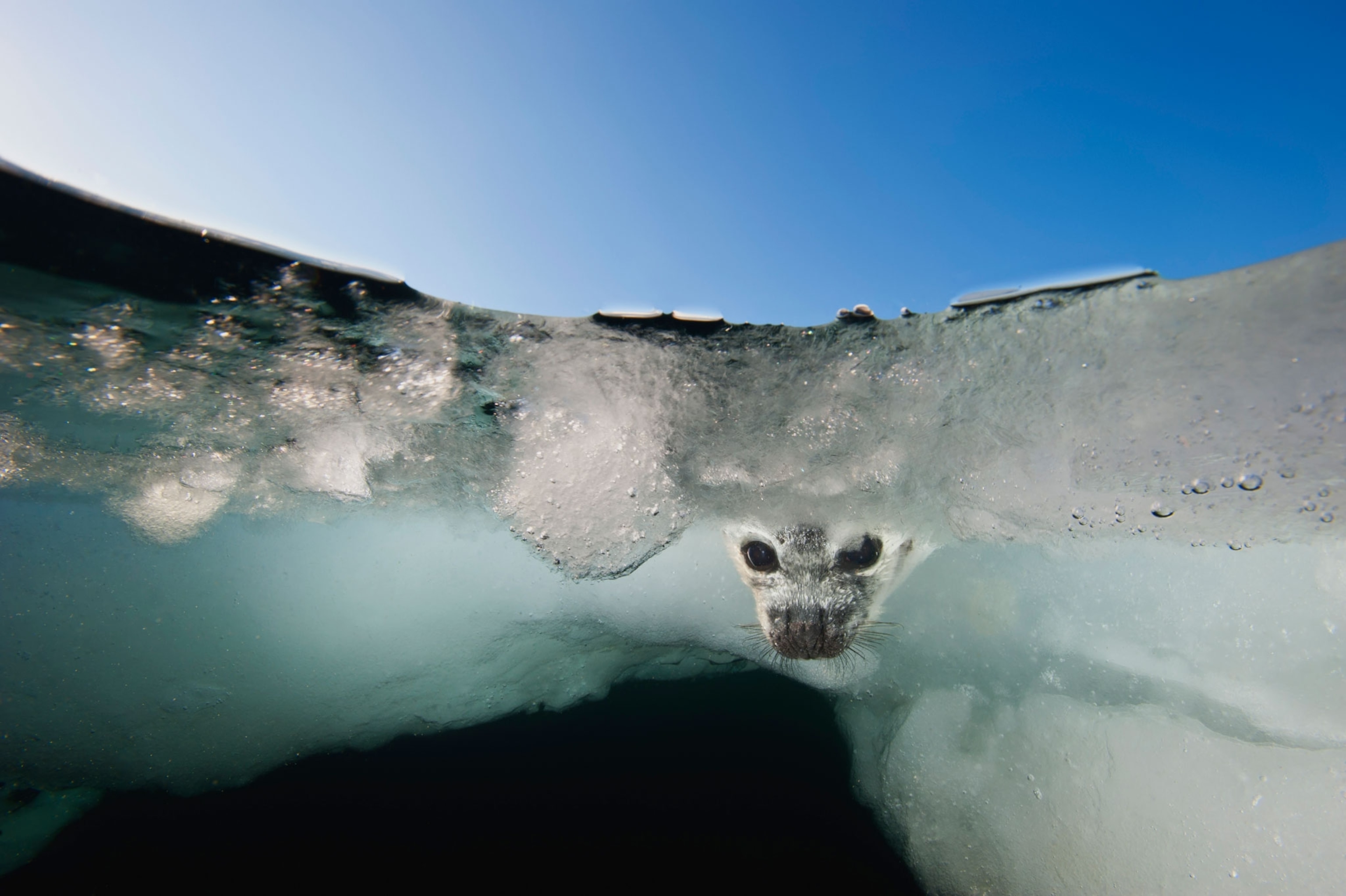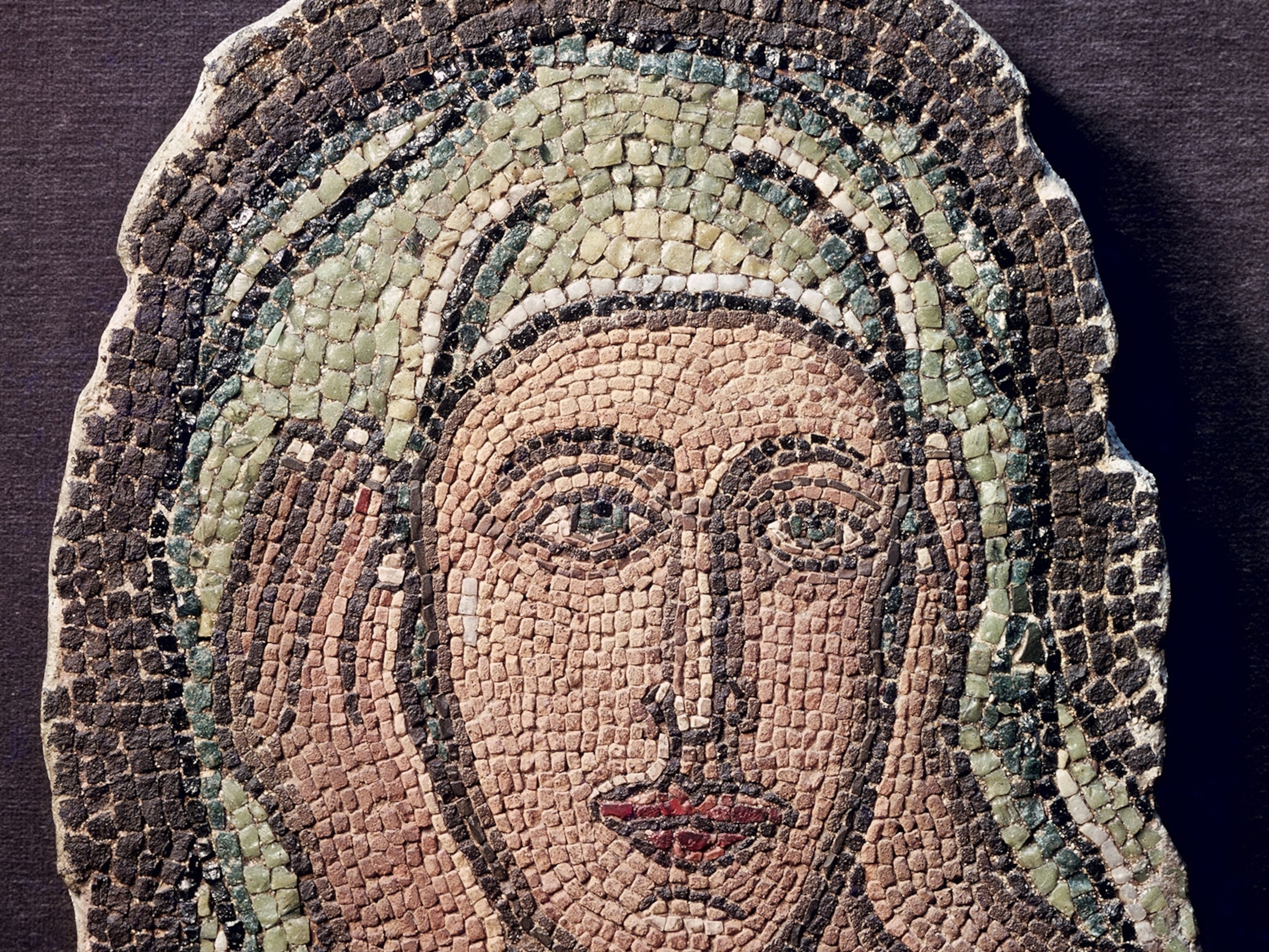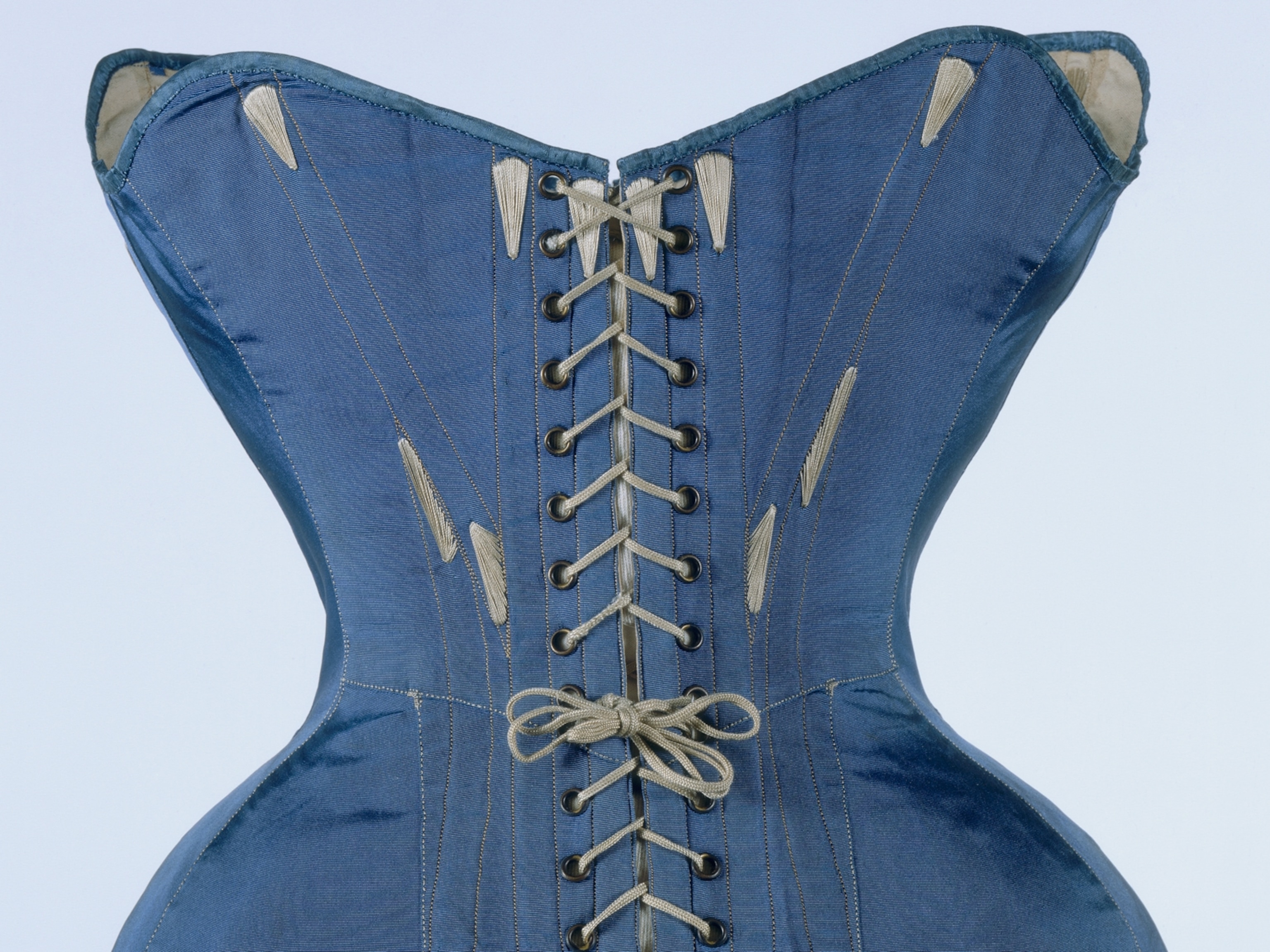
The world through the eyes of women
“Women often see things… a man would not notice,” said National Geographic’s first editor. Our archive reveals their courage and empathy.
The history of women photographers at National Geographic has been one of exception rather than rule, but that was then, this is now. We are beyond the days of women depicted as decorative objects dressed in waterfalls of silk (the predictable debutante ball shot) and the assumption that the creator of the image was a man.
Yes, it was assumed. A 1967 photograph in the archives inscribed “greatest photographic team in the world” shows 25 coat-and-tie-suited men surrounding the desk of then-National Geographic Editor Melville Bell Grosvenor, suggesting, as photography historian Naomi Rosenblum wrote, that “the universal language of the photograph upon which this publication (and others) depended was solely a contribution of the male eye and mind.”

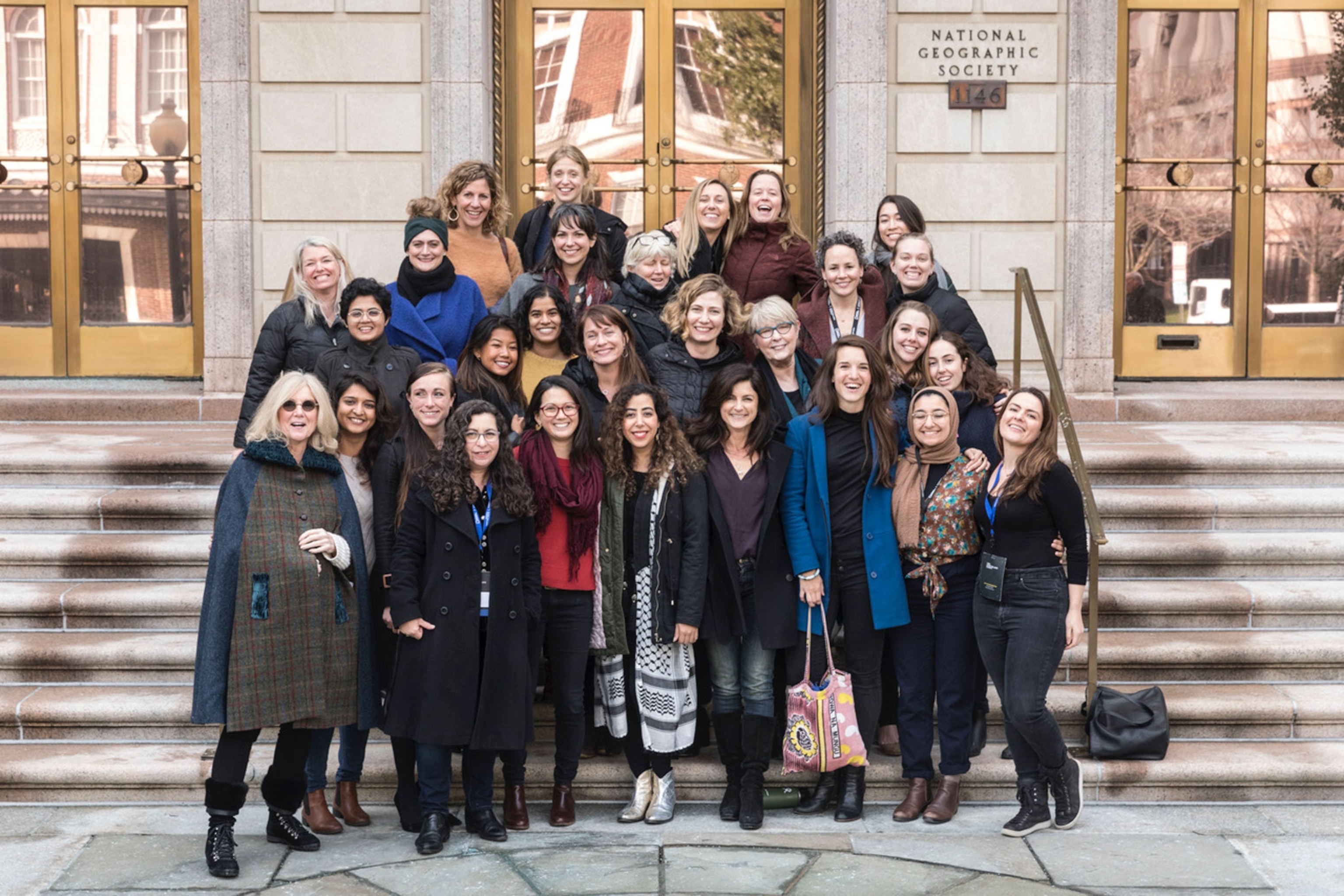
“And when will your photographer arrive?” Sisse Brimberg, a staff photographer would still hear in the 1980s after lugging half a dozen or so cases full of lighting equipment through a museum door in preparation for shooting artifacts.
“She has arrived,” was her terse reply.
In 2000, when I told a male photographer on staff that I was writing a book on Women Photographers at National Geographic with Kathy Moran, now deputy Director of Photography, he replied as if flicking a piece of lint off his collar: “Women photographers? It’ll be a short book.”
Reader, it wasn’t.
Six years ago, longtime photographer and photo editor Sarah Leen became National Geographic’s first Director of Photography. At present, 47 women take pictures for National Geographic in print and digital (compared with 67 men), but women photographers have contributed to the magazine since 1914, when Eliza Scidmore published “Young Japan.” Scidmore was a friend of the first editor, Gilbert Hovey Grosvenor, with whom she enjoyed a relationship of mutual respect and admiration; it also didn’t hurt that Grosvenor’s wife, Elsie, was a suffragist. “Women often see things about...people...a man would not notice,” he once wrote.
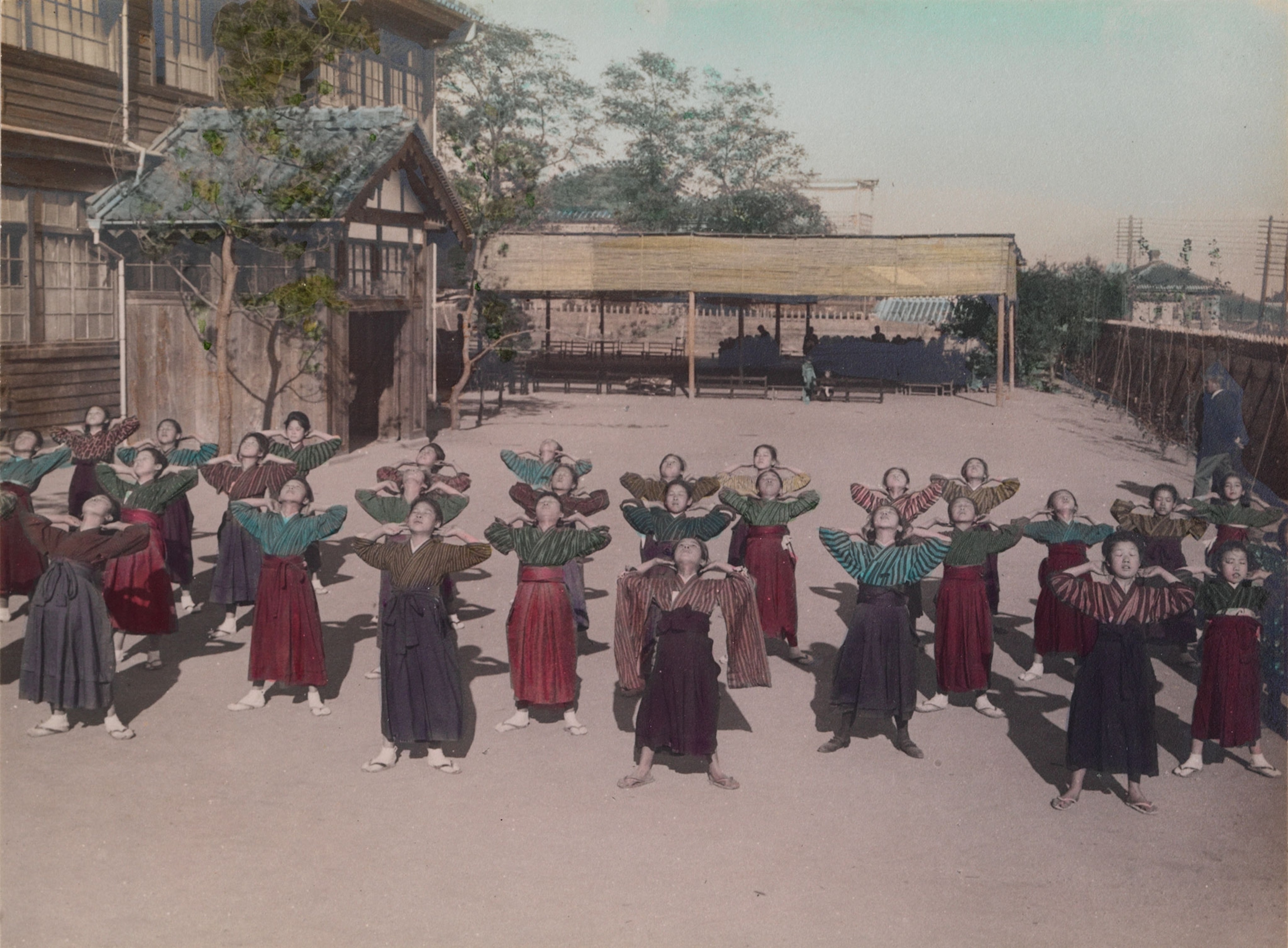
In the first half century of the magazine’s existence, the work of women sometimes came in over the transom, like that of Dorothy Hosmer. Hosmer, 26, quit her job as a secretary, bought a third class steamship ticket and filed a story and photographs published with the breathless title: “An American girl cycles across Romania: Two-wheel pilgrim pedals the land of castles and gypsies, where Roman Empire traces mingle with remnants of oriental migrations.” It ran in 1938, but not before associate editor John Oliver La Gorce expressed misgivings. “I should imagine...[mothers] wouldn’t want their daughters to read this story fearing it might give them the idea that it was all right to travel the world on one’s own if such an account appeared in the Geographic.”
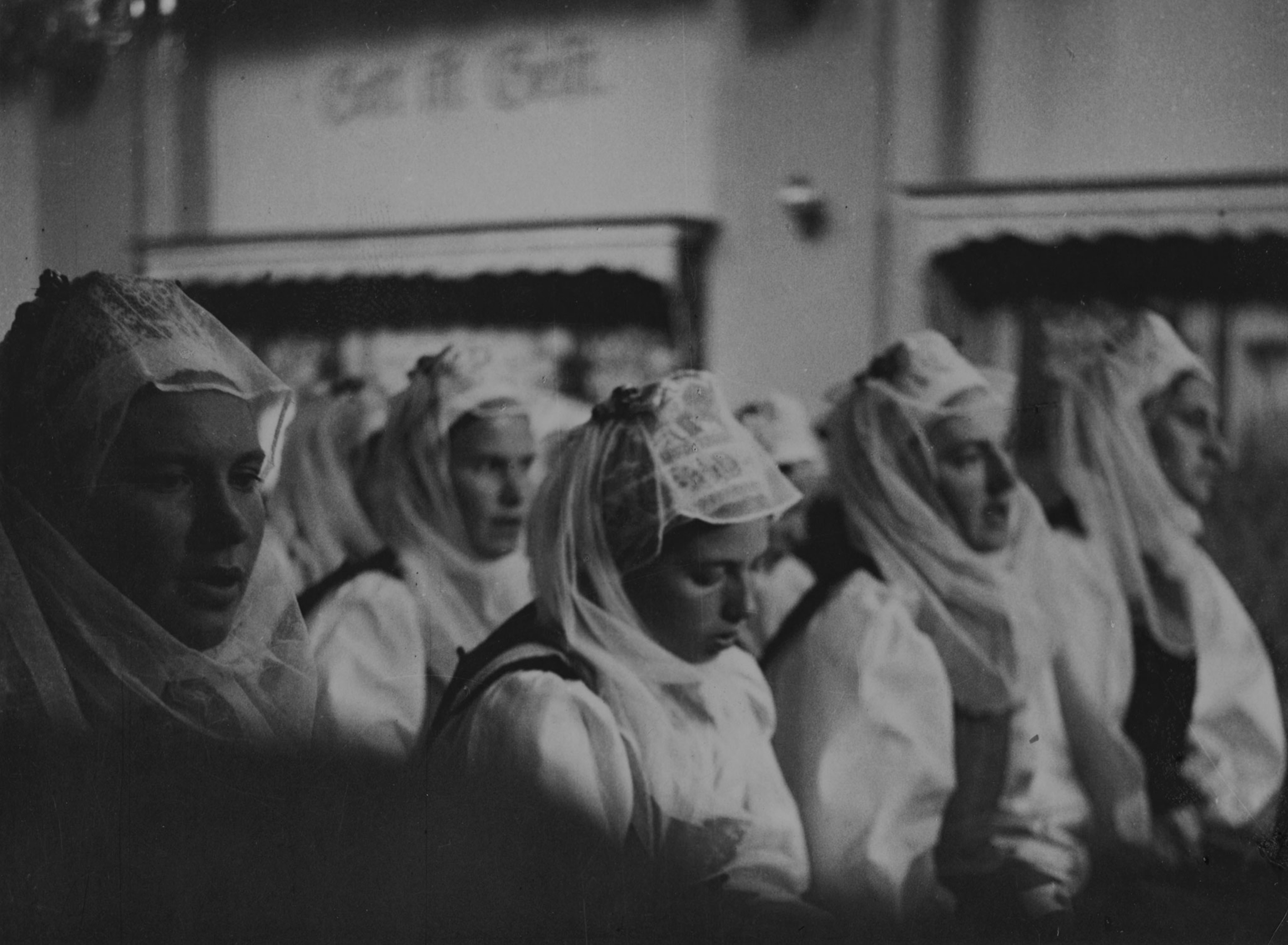
Other early pioneers included the remarkable Harriet Chalmers Adams, who published 21 stories in the magazine from 1907 to 1935; though listed as an author in the National Geographic Index, she took photographs as well. One of the first and few women correspondents of World War I, Adams was an explorer, who before her death in 1937 retraced the trail of Columbus, crossed Haiti on horseback, and according to the New York Times, “reached twenty frontiers previously unknown to white women … including every linguistic branch of the Indian tribes from Alaska to Tierra del Fuego.”
Finally, in 1953, the magazine hired its first woman staff photographer. Her name was Kathleen Revis and she happened to be the sister-in-law of editor Melville Grosvenor. “Melville wasn’t a bit afraid of smart women,” said Mary Smith, one of the first female picture editors at the Geographic, who worked with Revis. “He was particularly gender unbiased, especially for a man of his generation.”

Still, it’s fair to ask about the relevance of gender in the world of photography. Hadn’t Laura Gilpin, a photographer noted for her images of the American Southwest, said: “Either you’re a good photographer or you’re not.”
Point taken. But gender does matter—in experience and access. In some settings, the door may open more readily to a woman. Two stories photographed by Jodi Cobb, the third woman photographer hired on staff—Saudi women (October 1987) and Japanese geisha (October 1995)—could never have been done by a man. “The women in Saudi Arabia didn’t mind me photographing them," she recalled, “But they didn’t want the men to see me photographing them.” Likewise a 2011 story on child brides by Stephanie Sinclair and Lindsey Addario’s January 2019 magazine story on maternal mortality were arguably made possible by their gender.
“It’s a huge part of your identity and I have used that to my advantage,” Dina Litovsky, a photographer whose first National Geographic magazine story "For girls in science, the time is now" appears in the November issue. “I was recently photographing Amish girls playing volleyball on the beach. I am pretty sure it would be different if I were a man. My camera is less threatening.”
“Twenty years on and we are still talking about it,” Lynn Johnson says, with a perspective informed by 30 years of photographing for the magazine. “The reality is women have been invisible and now they are not. The label now carries weight and significance that we tried to bury out of a lack of pride in gender. When I was younger I denied it. Now I claim it.”

And National Geographic has claimed them as well. In bringing more women’s lives and voices into the light and conversation, the magazine has reached out to women of different cultures and countries to help make that happen. In illustrating a story in the November issue about the impact of women on Rwanda’s renewal, we asked Nigerian photographer Yagazie Emezi, whose work focuses on issues surrounding African women, to document that process. Saumya Handelwal, an Indian photographer, who talks about “stealing moments from what I see” was responsible for the forceful images of a story about women’s safety in India in that same issue.
A final thought. Women, a photo editor observed, seem to want to talk more about the experience and the relationship with their subjects and at the risk of edging into stereotype, the idea holds truth.
“Sometimes I want to put my arms around all the people I’ve photographed and scoop them up with my heart, the way a woman gathers up flowers or berries in her skirt and carry them with me always,” said Maggie Steber, whose "The story of a face" (with Lynn Johnson) published in August, 2018, was a finalist for the Pulitzer Prize. “These people, then, are my family,” Steber says. “Forever connected by the click of a shutter and a moment frozen in time.”
